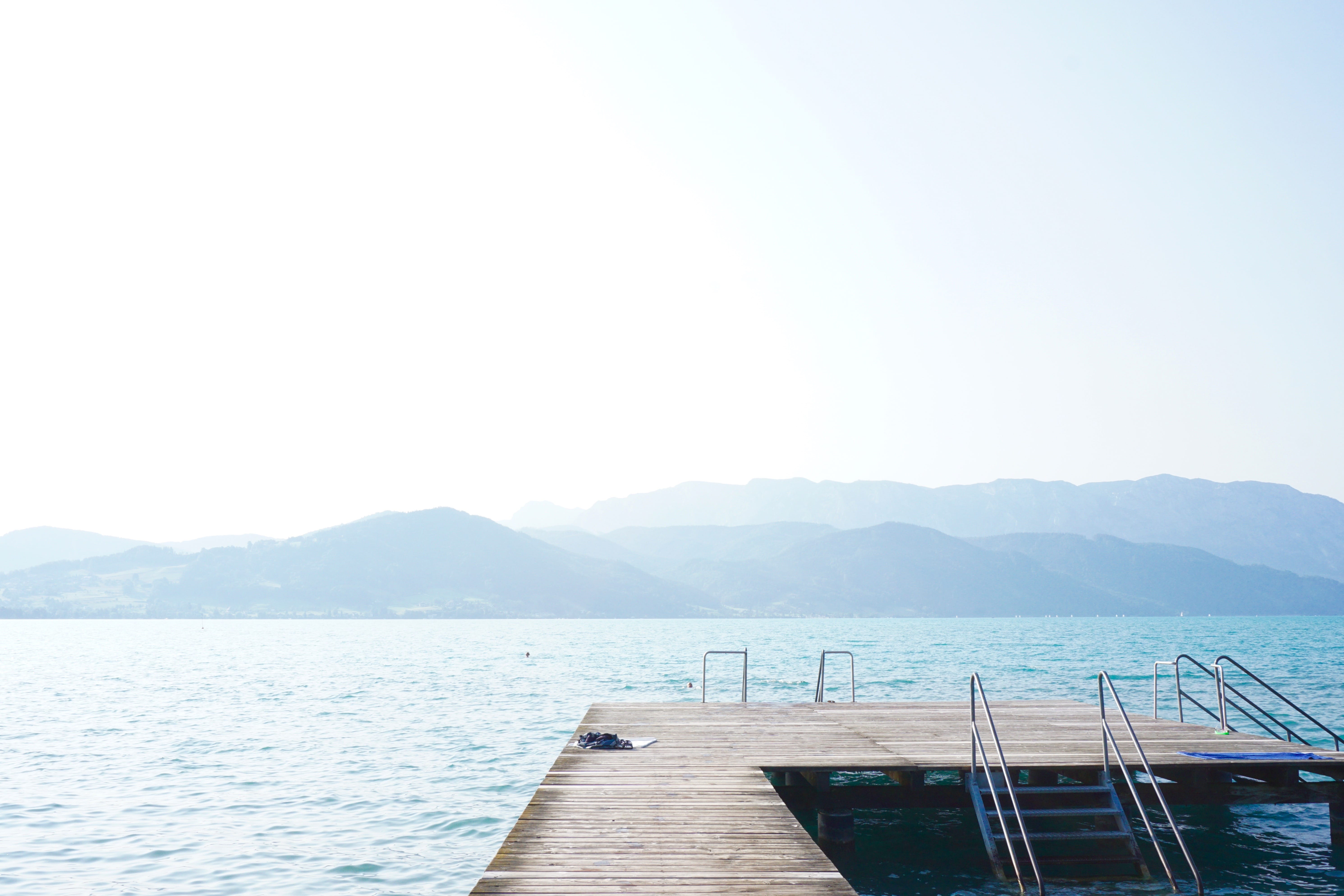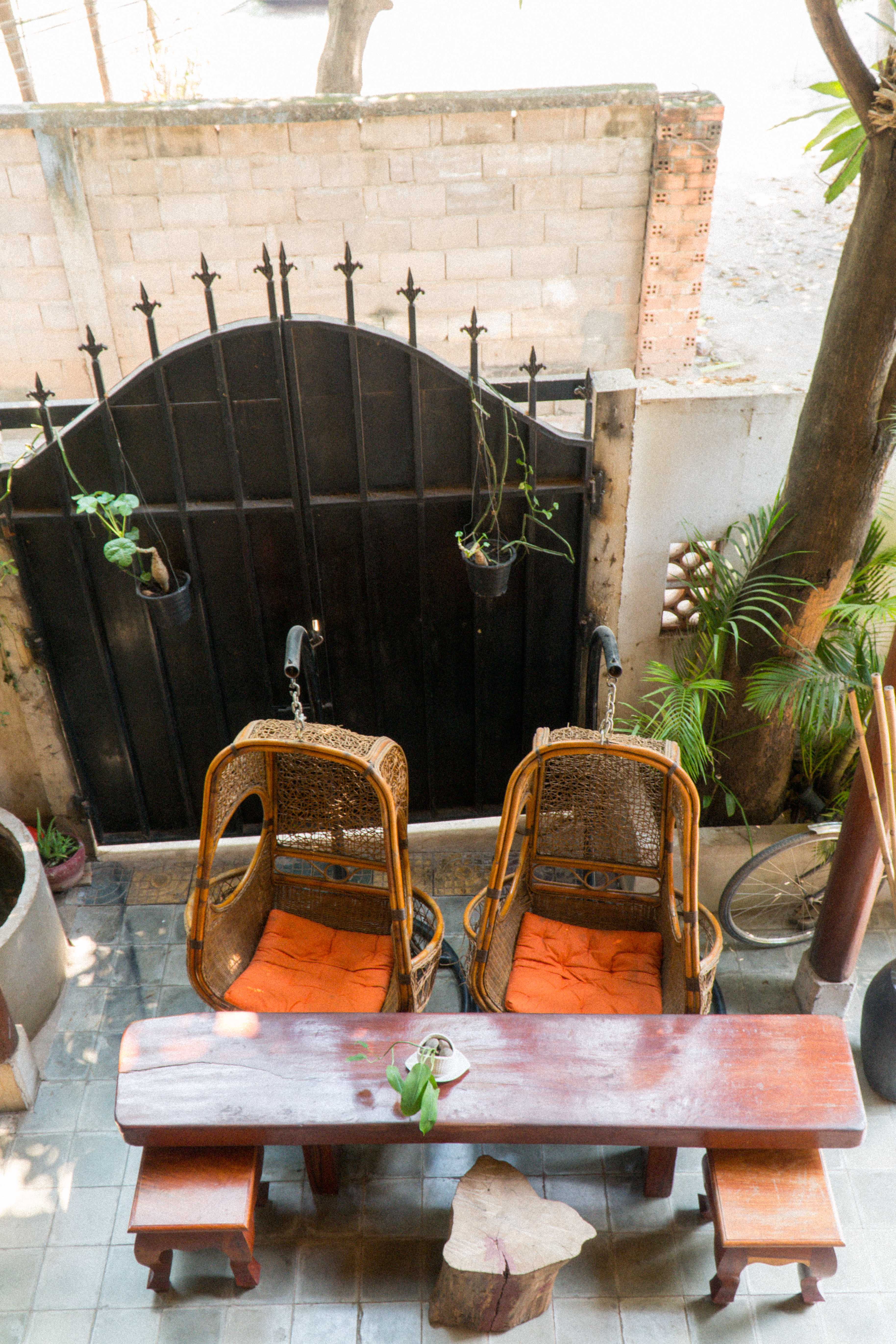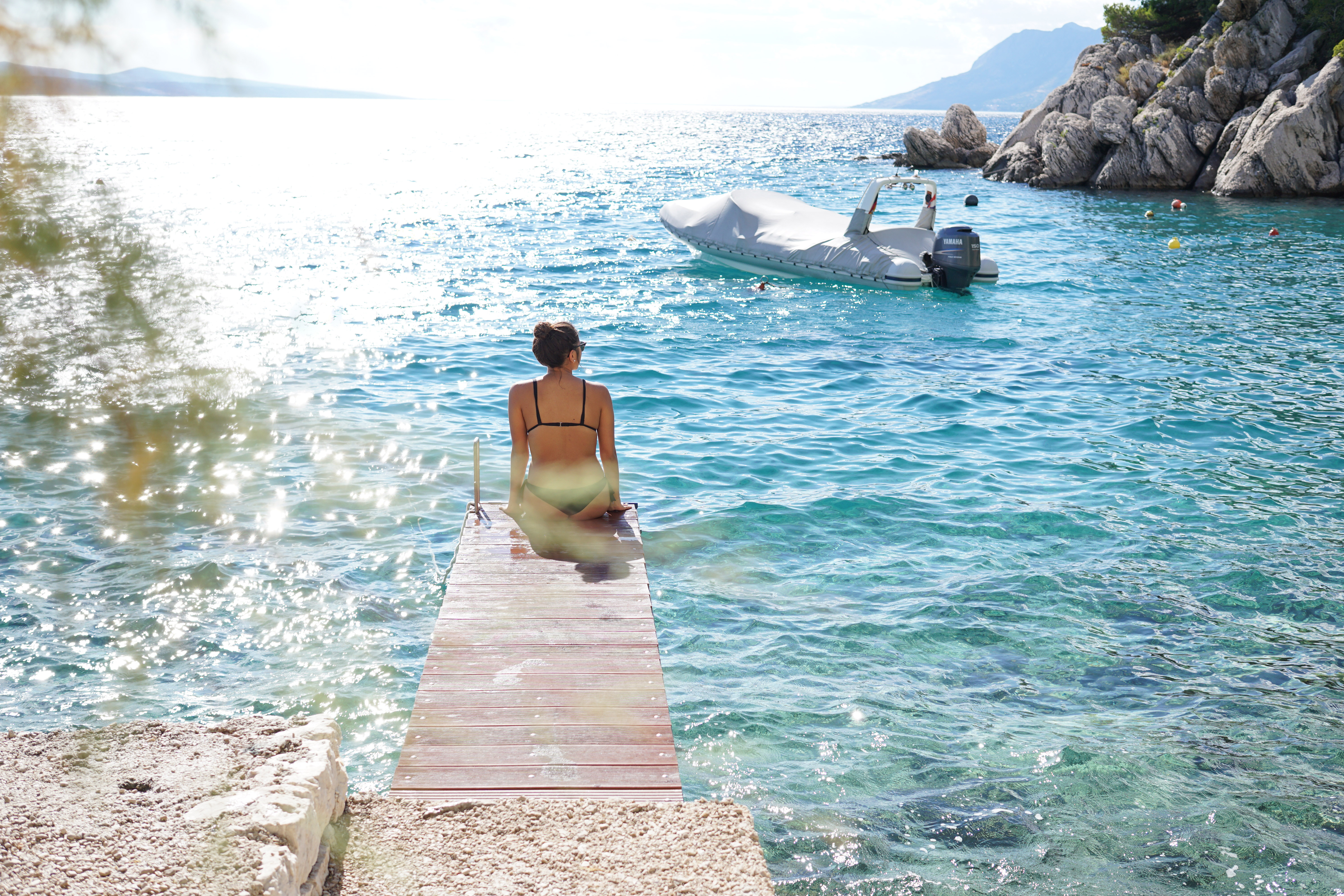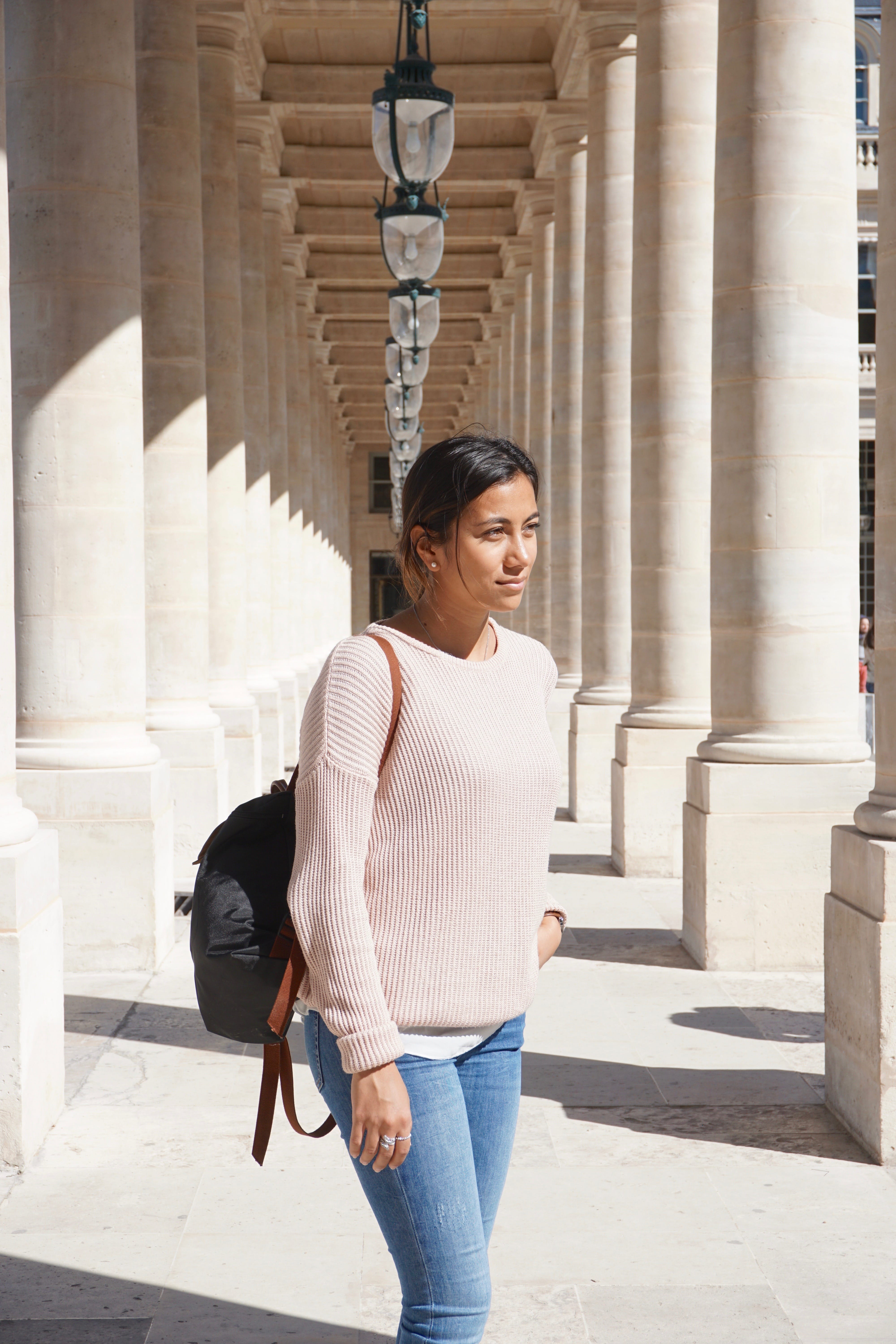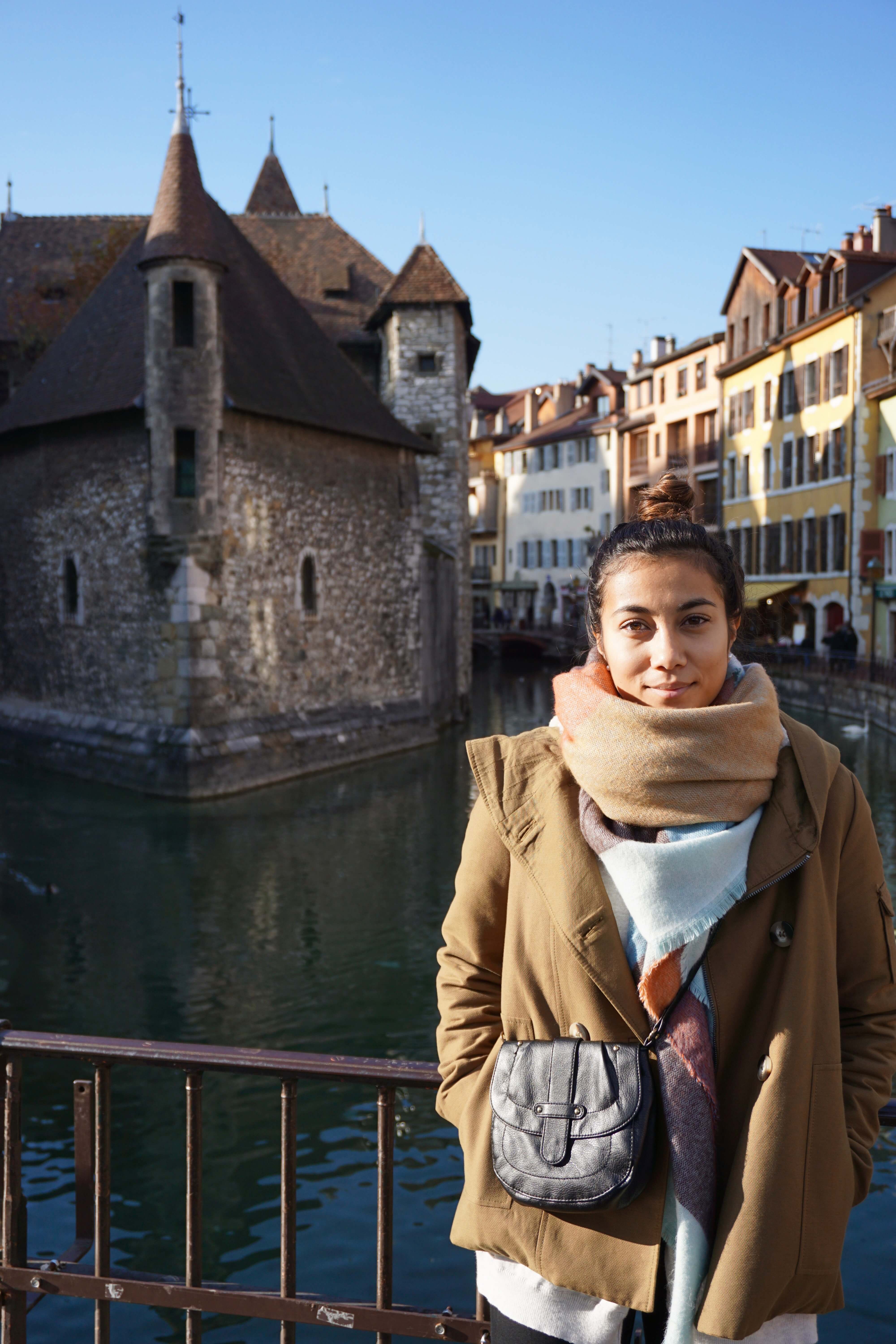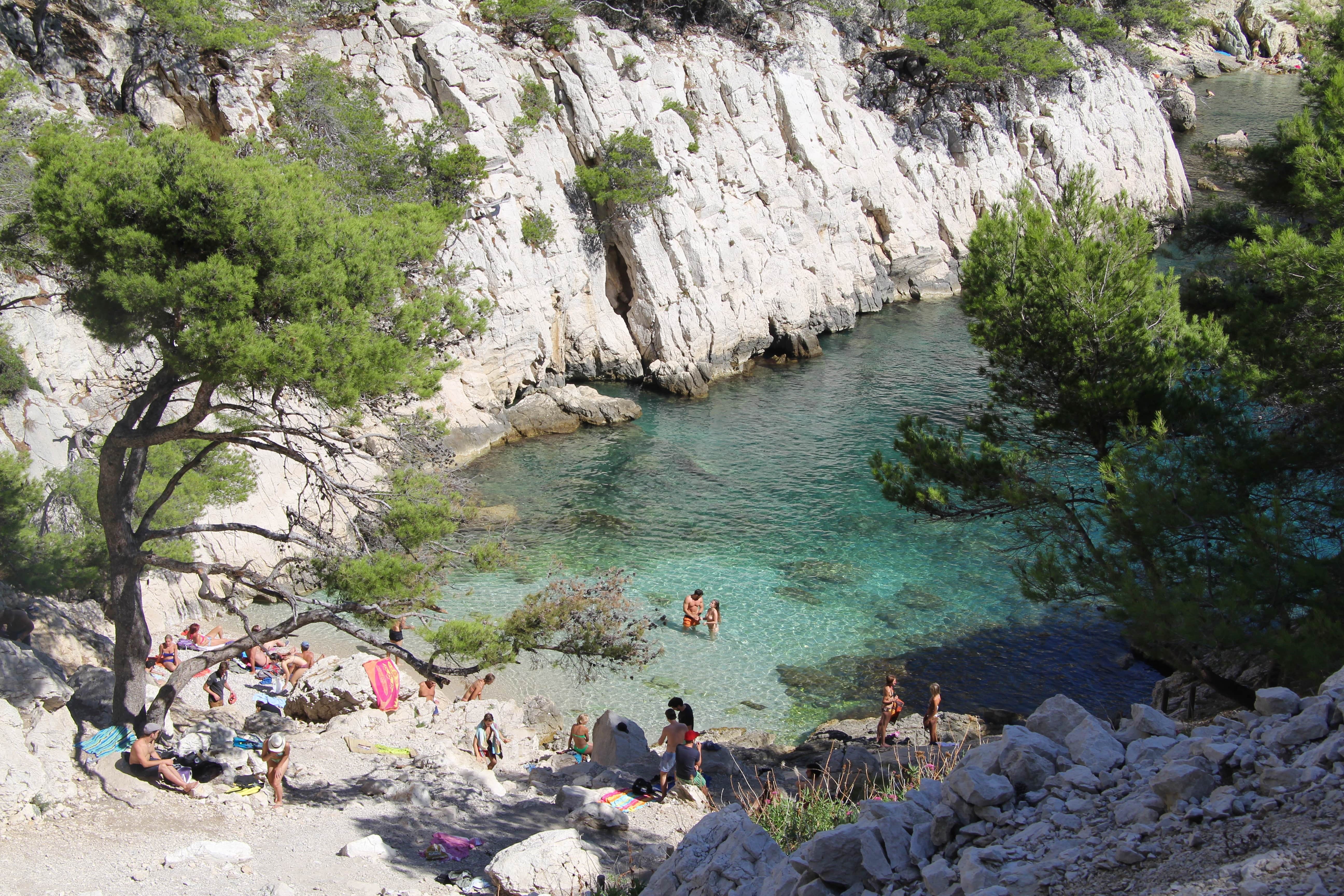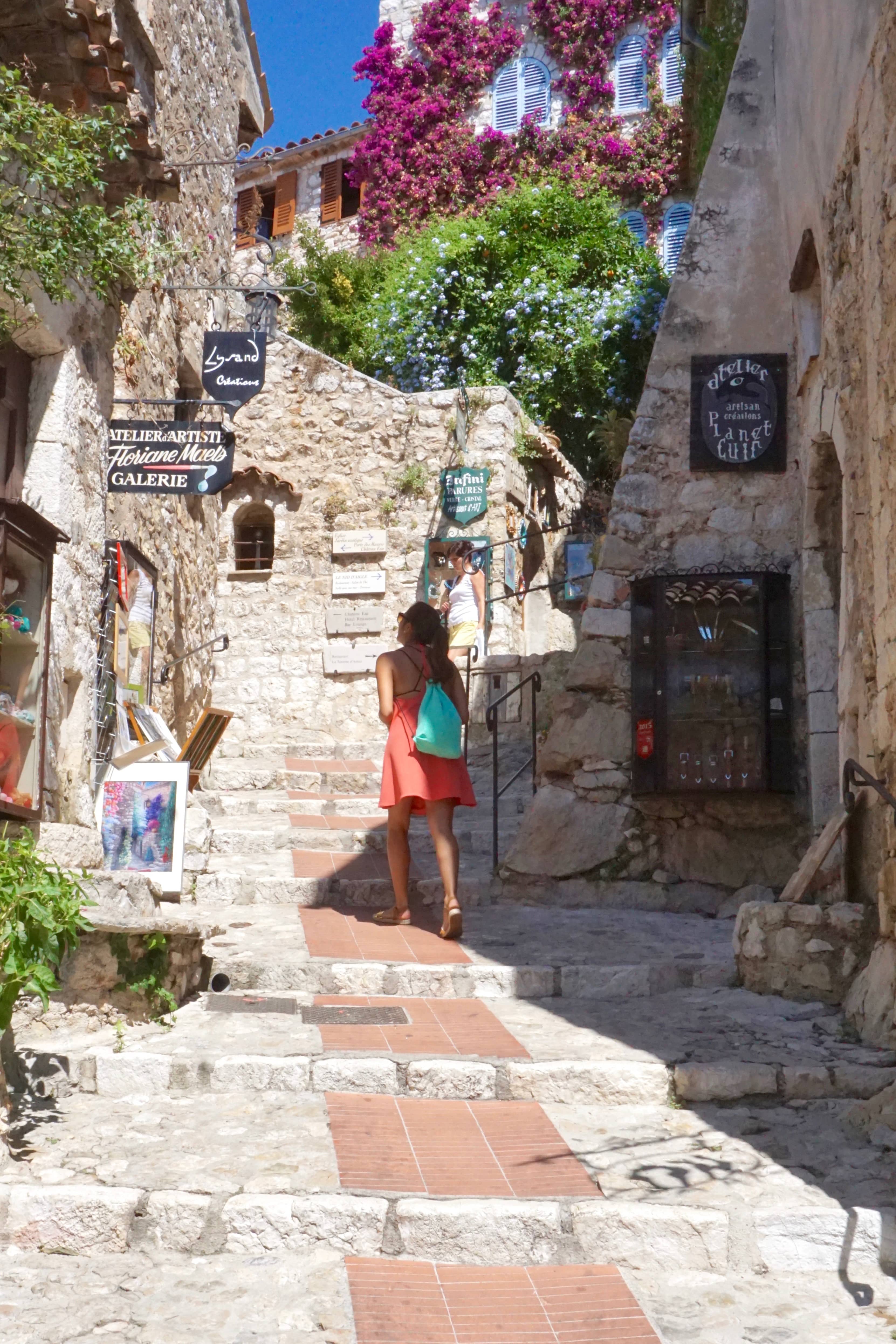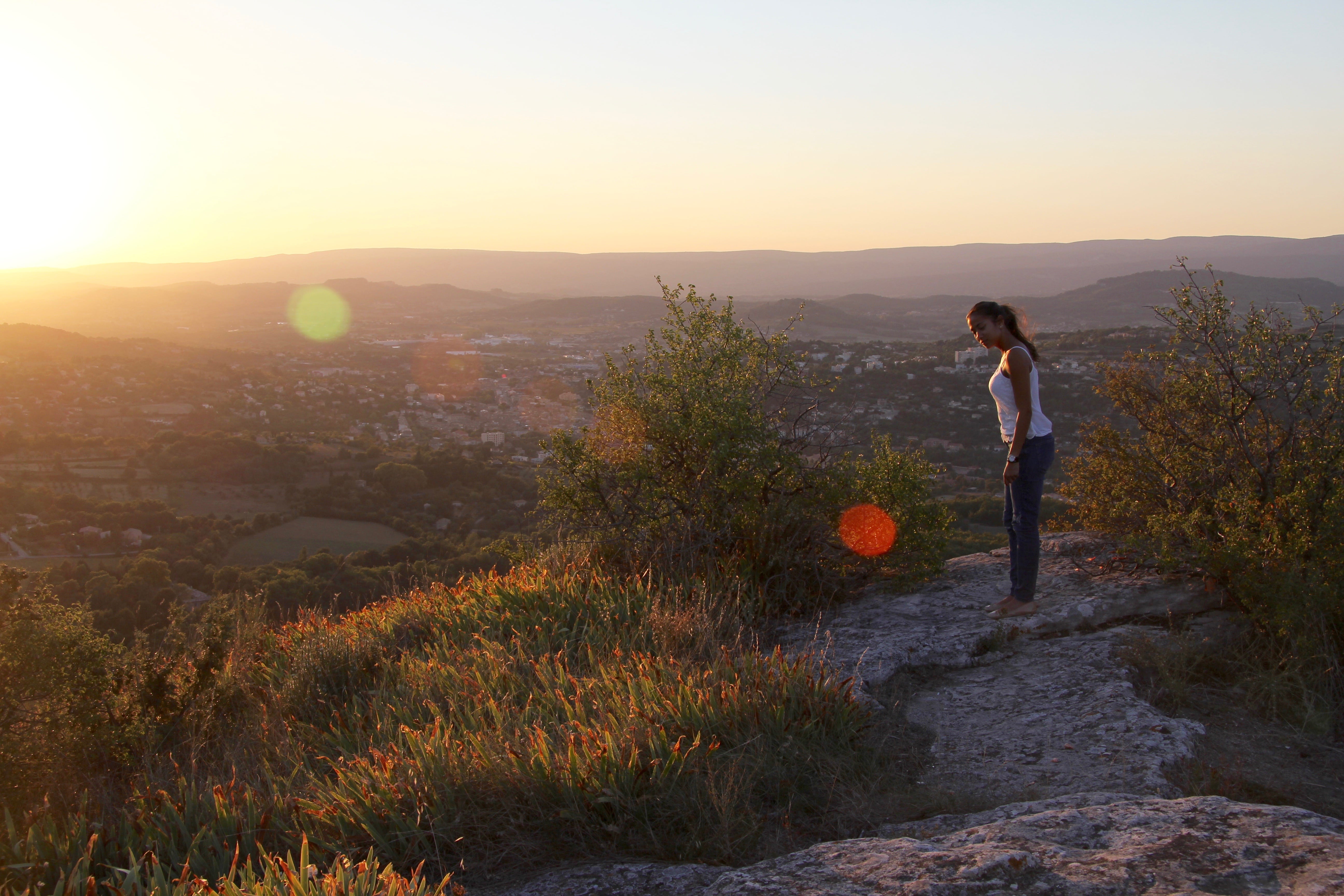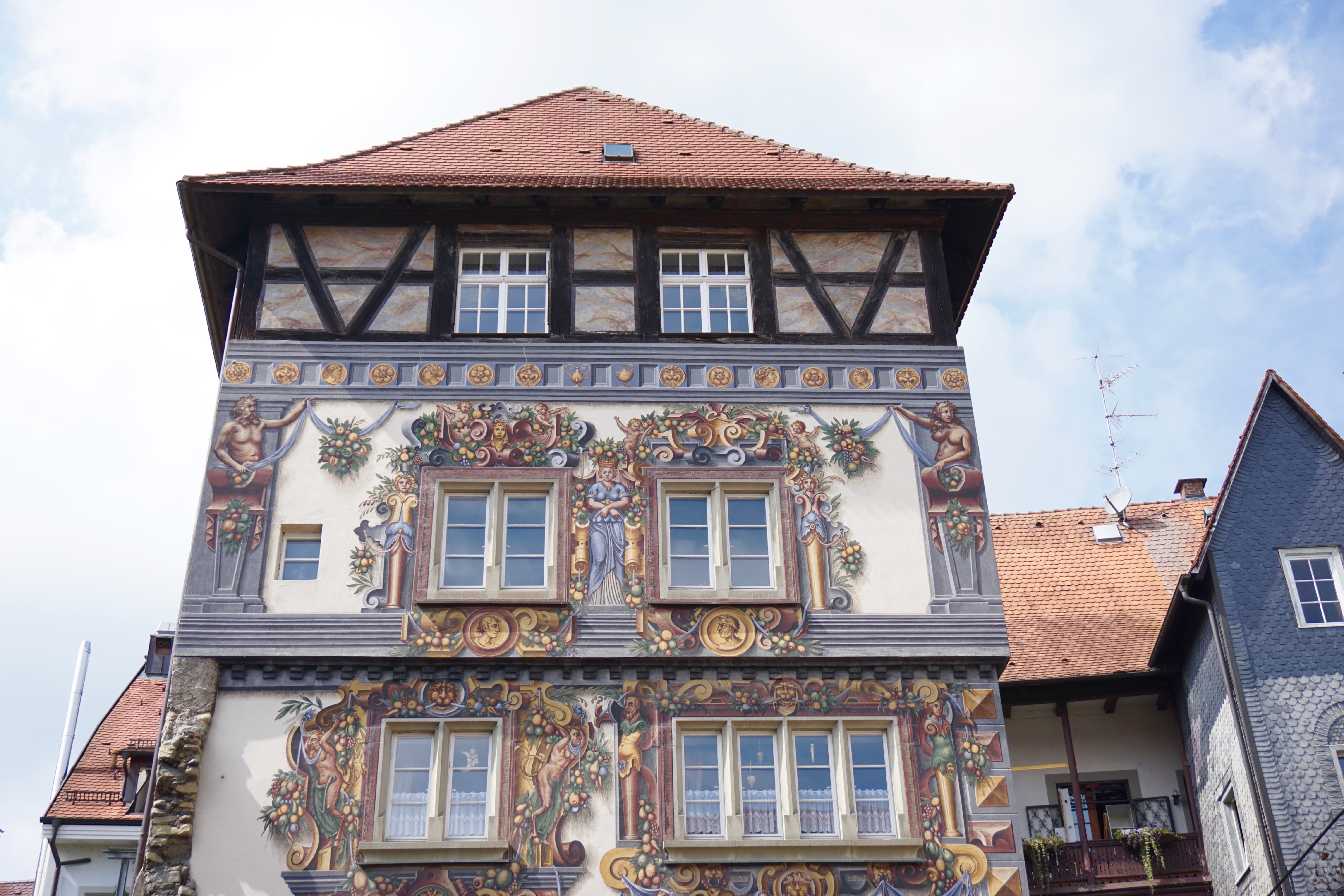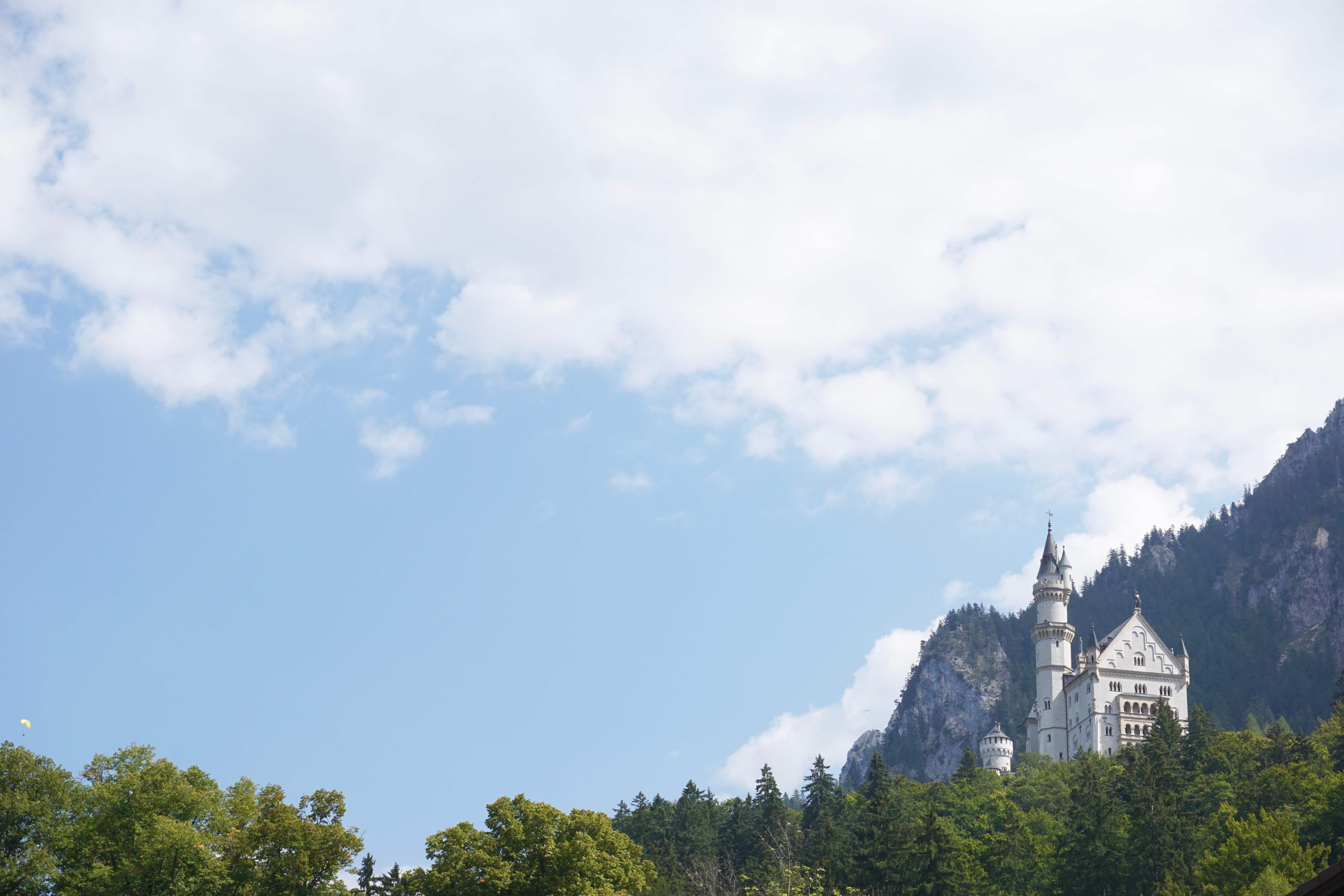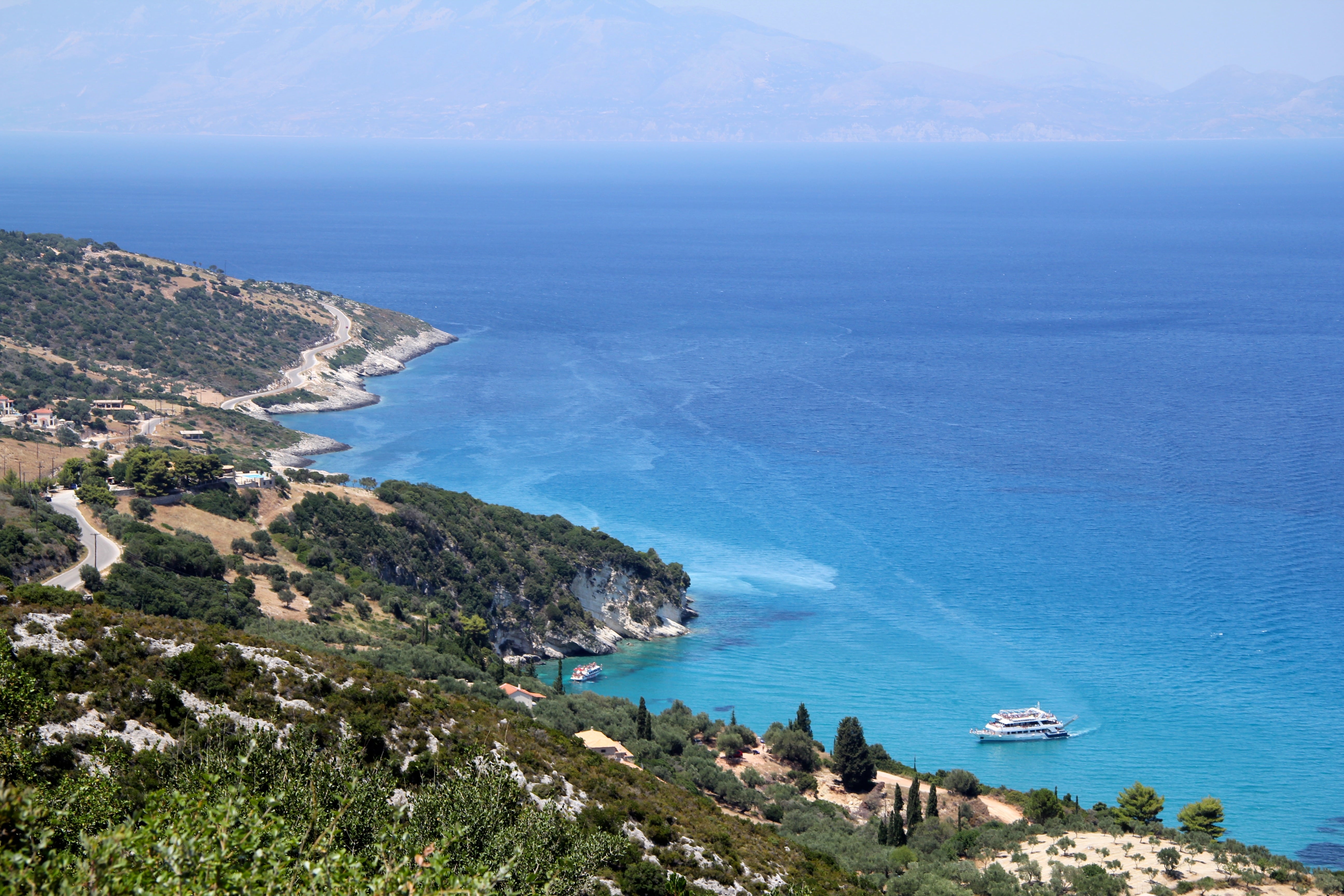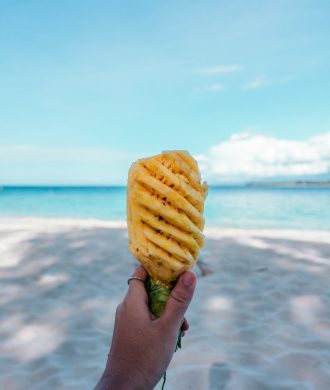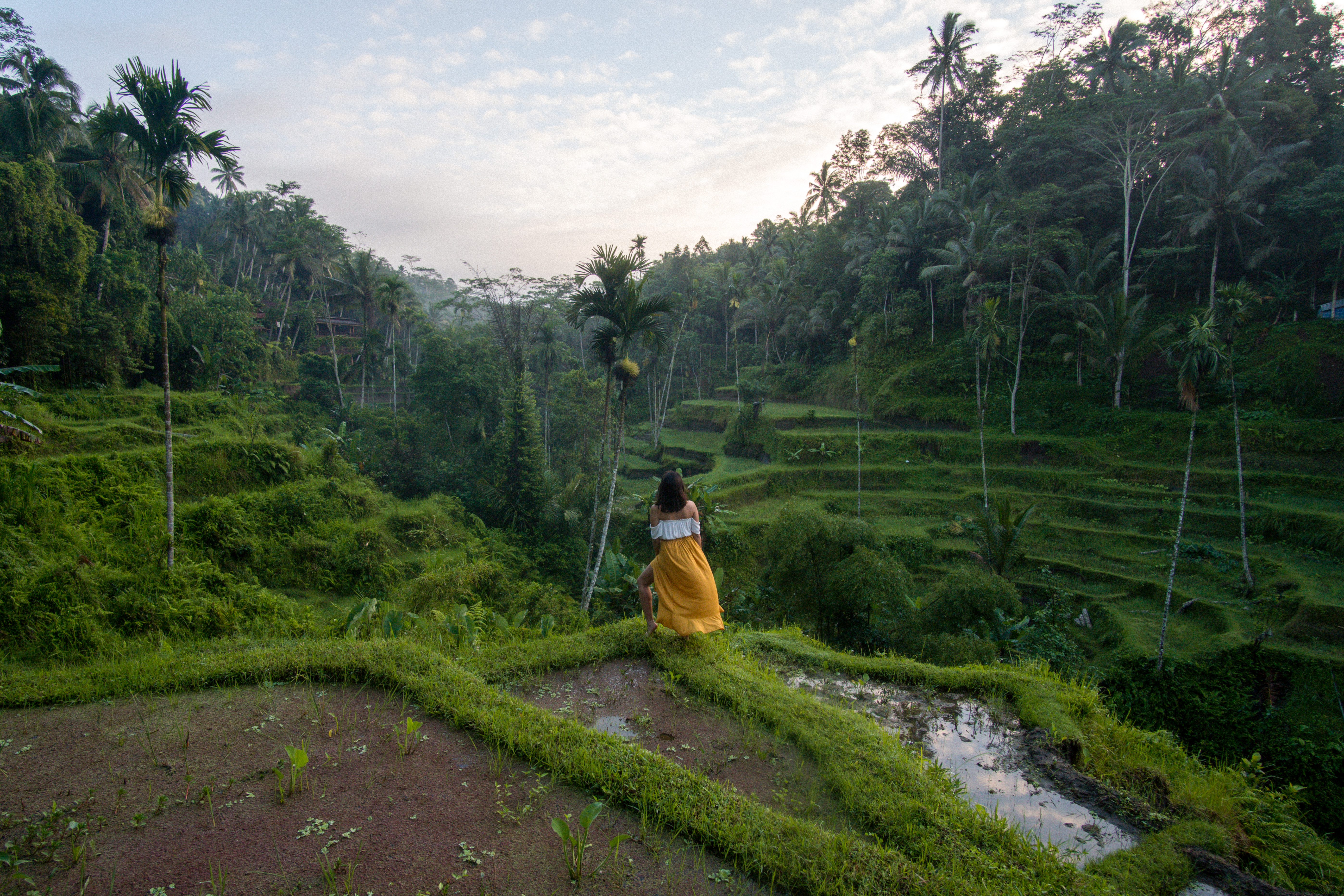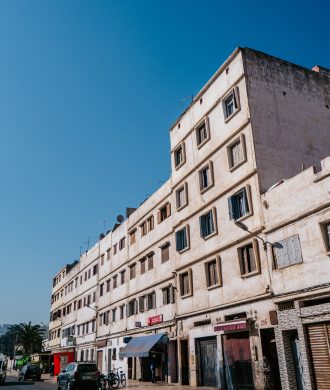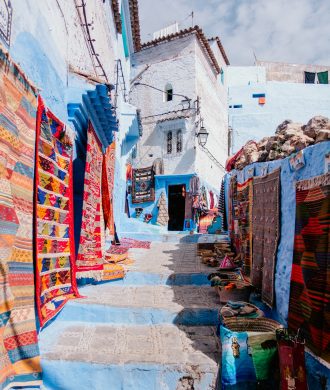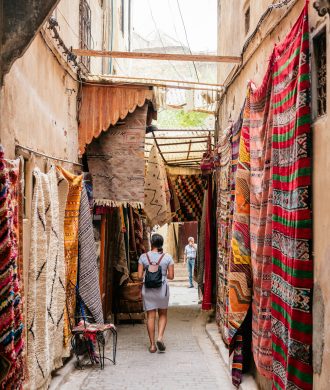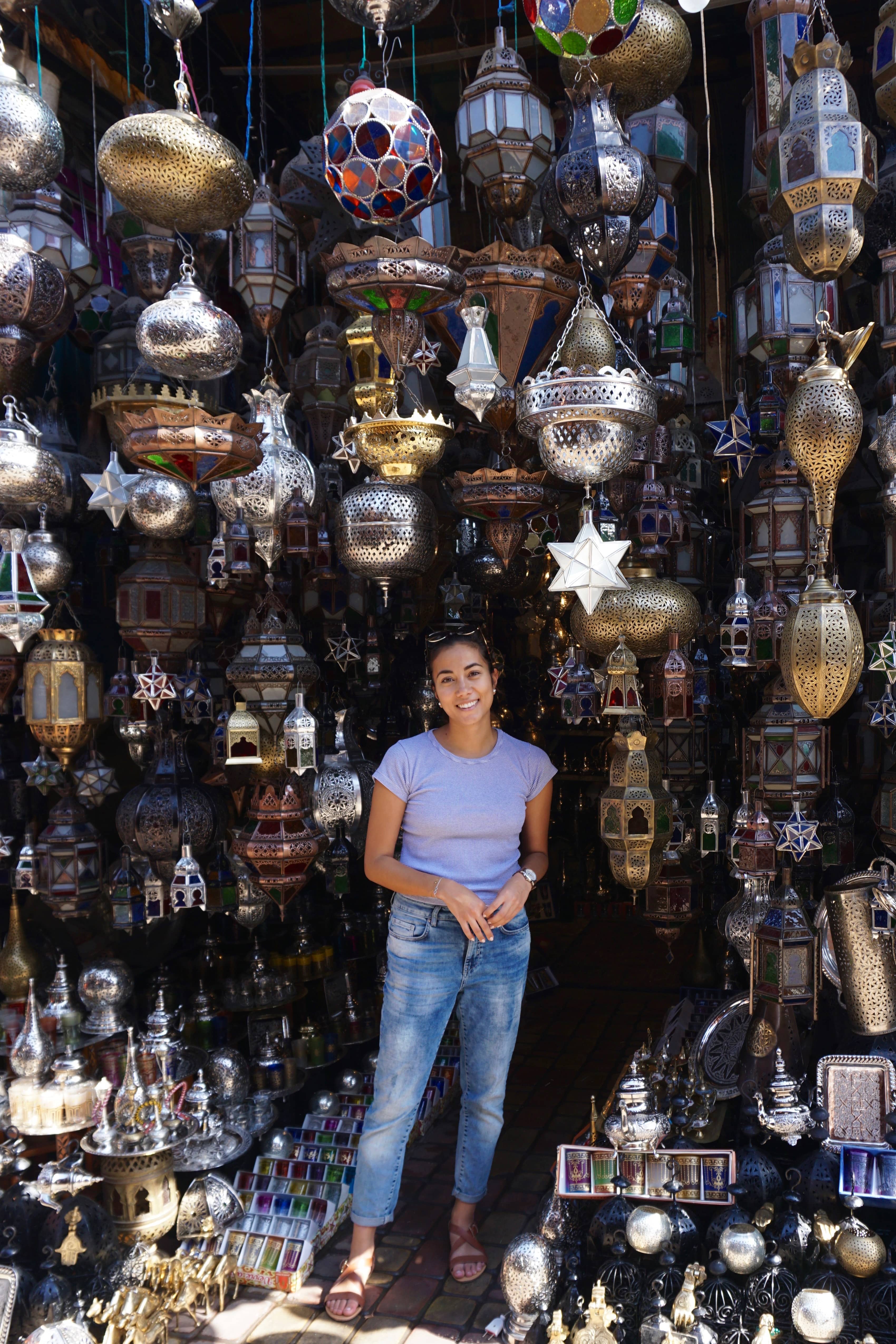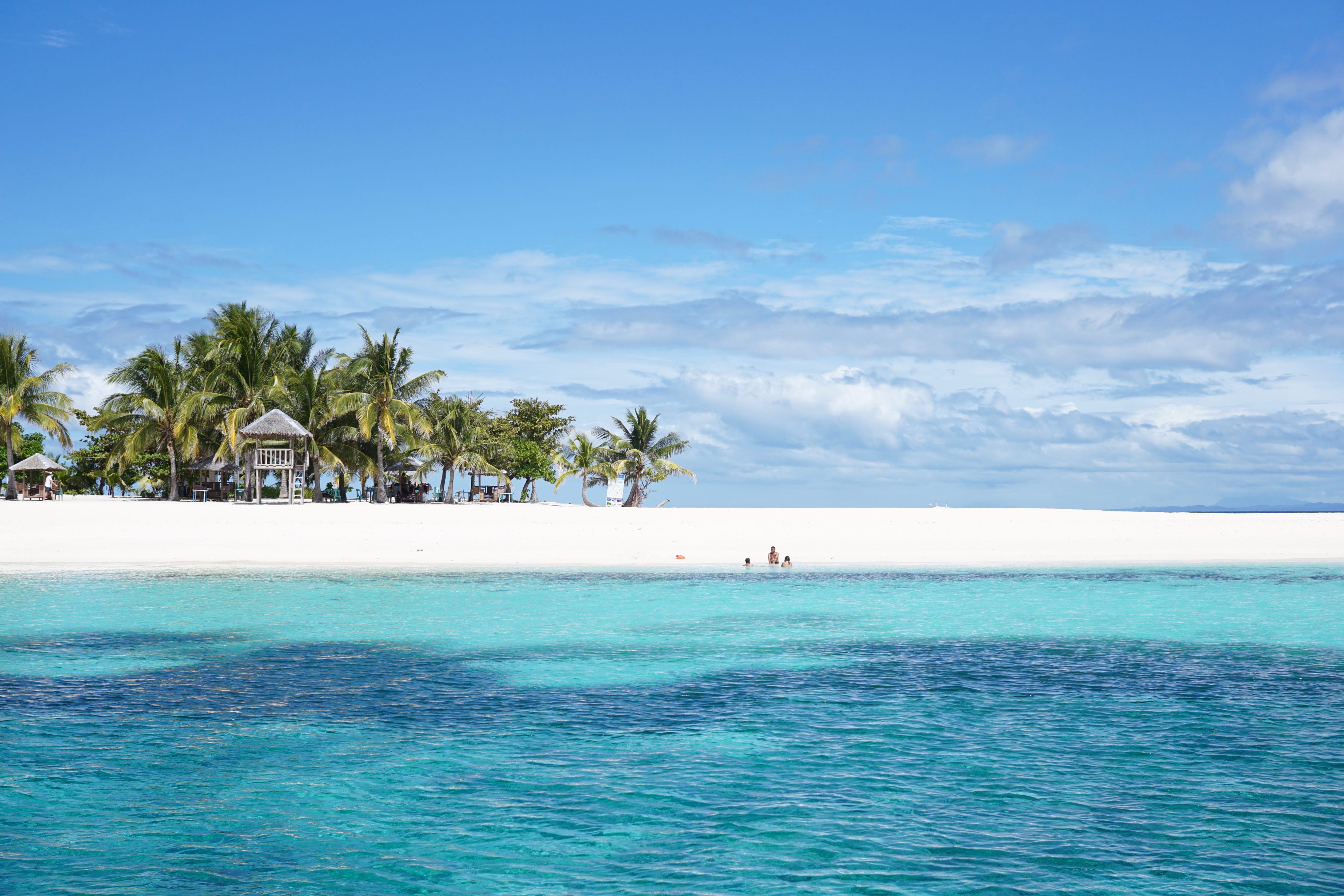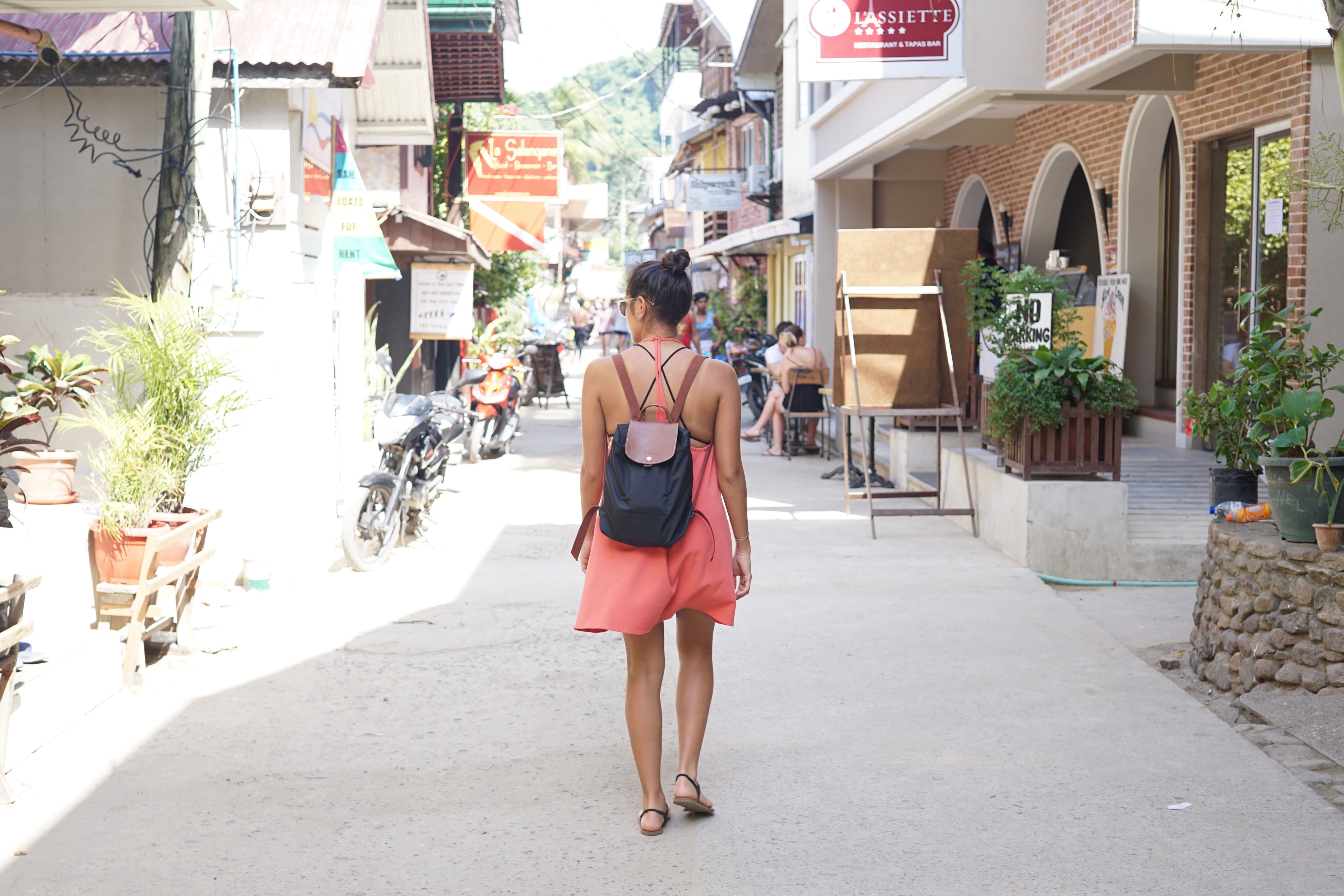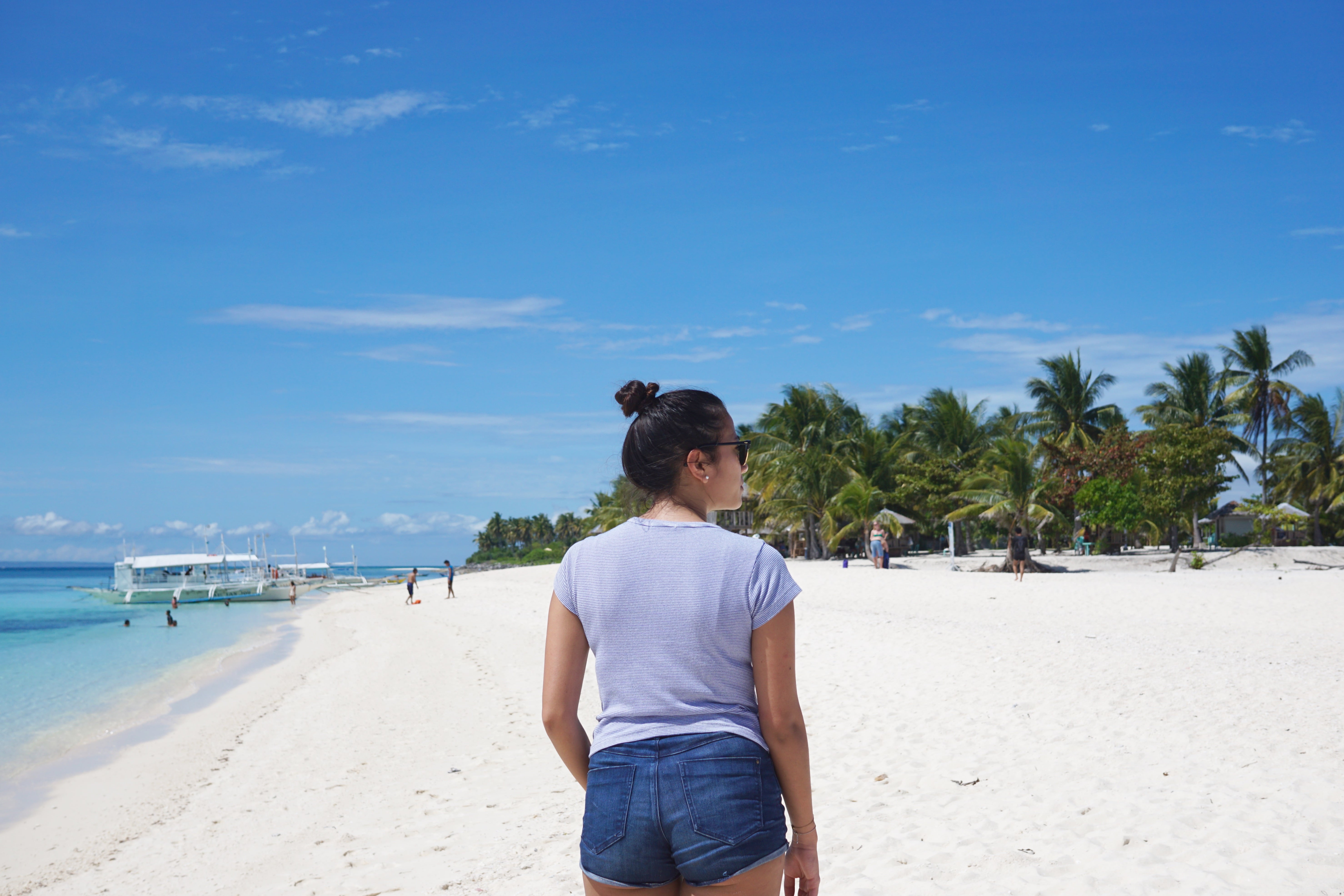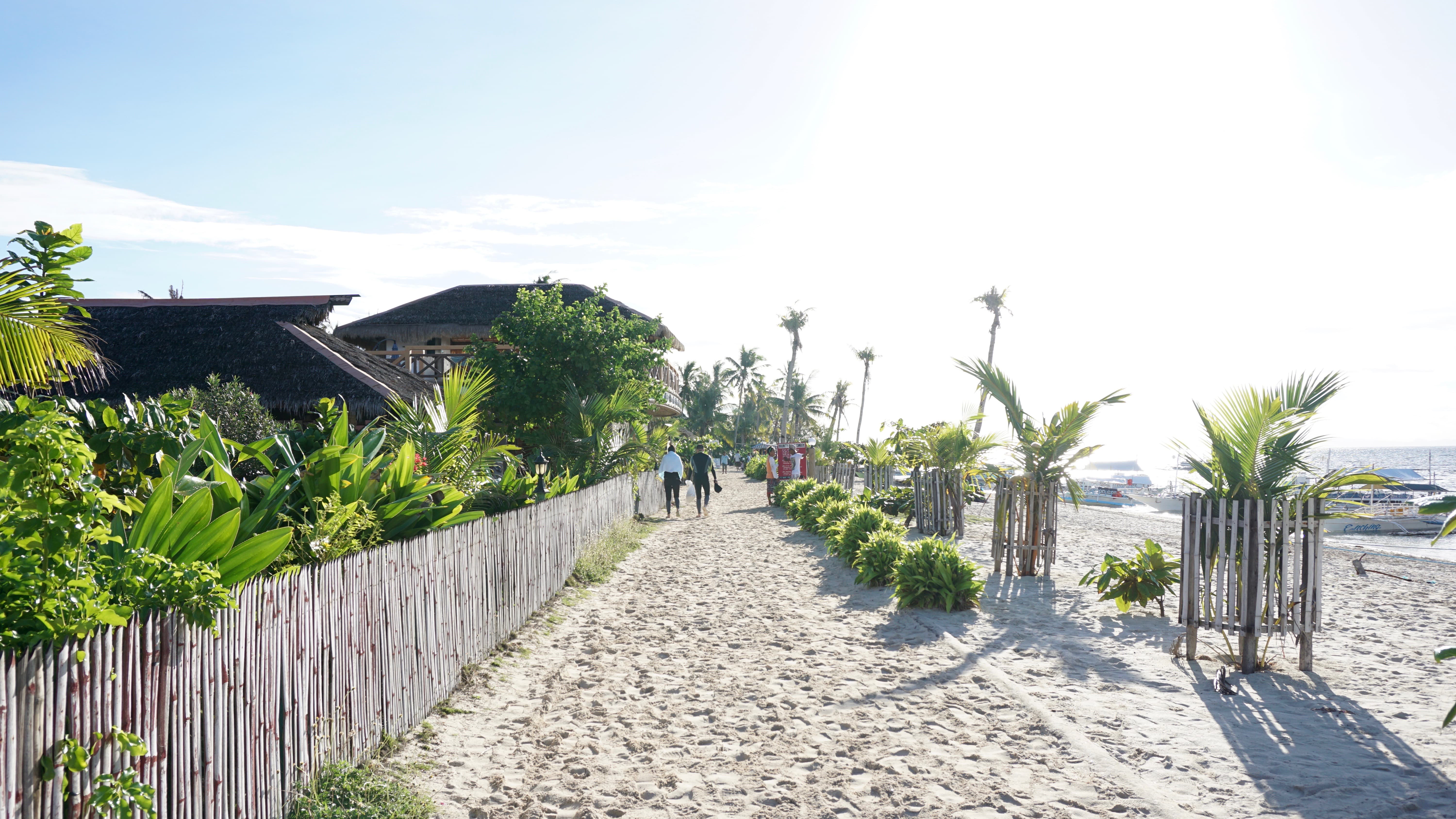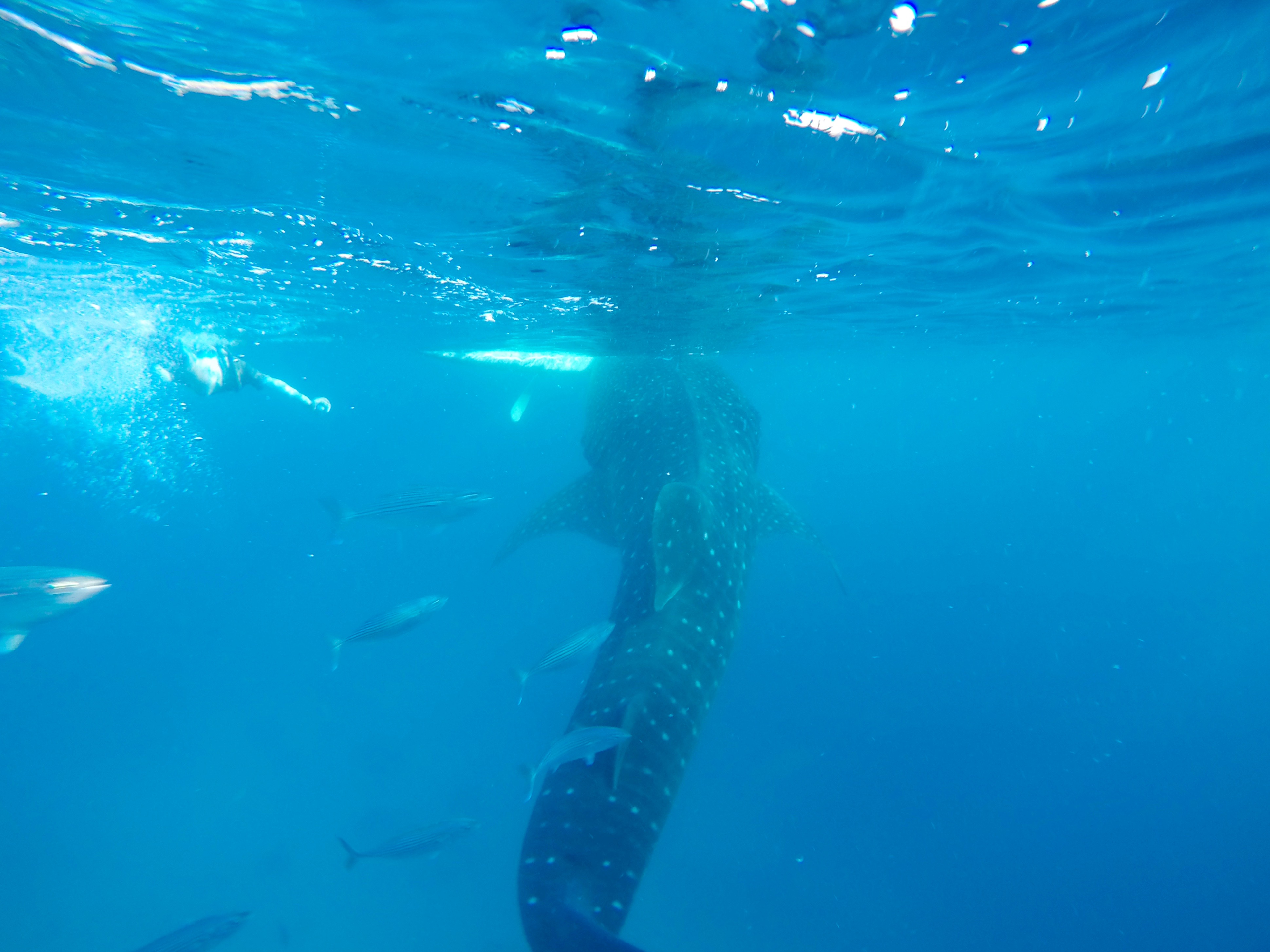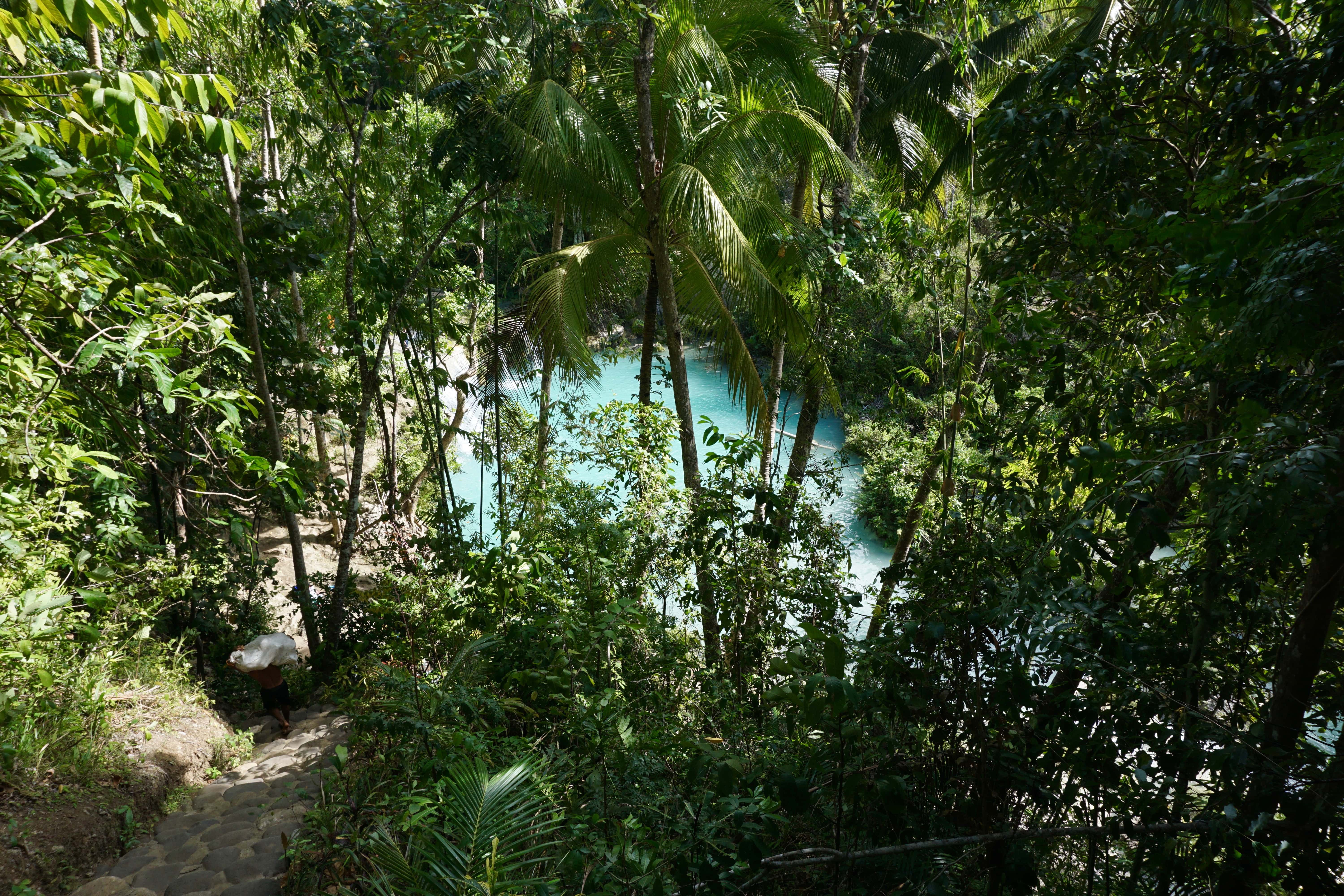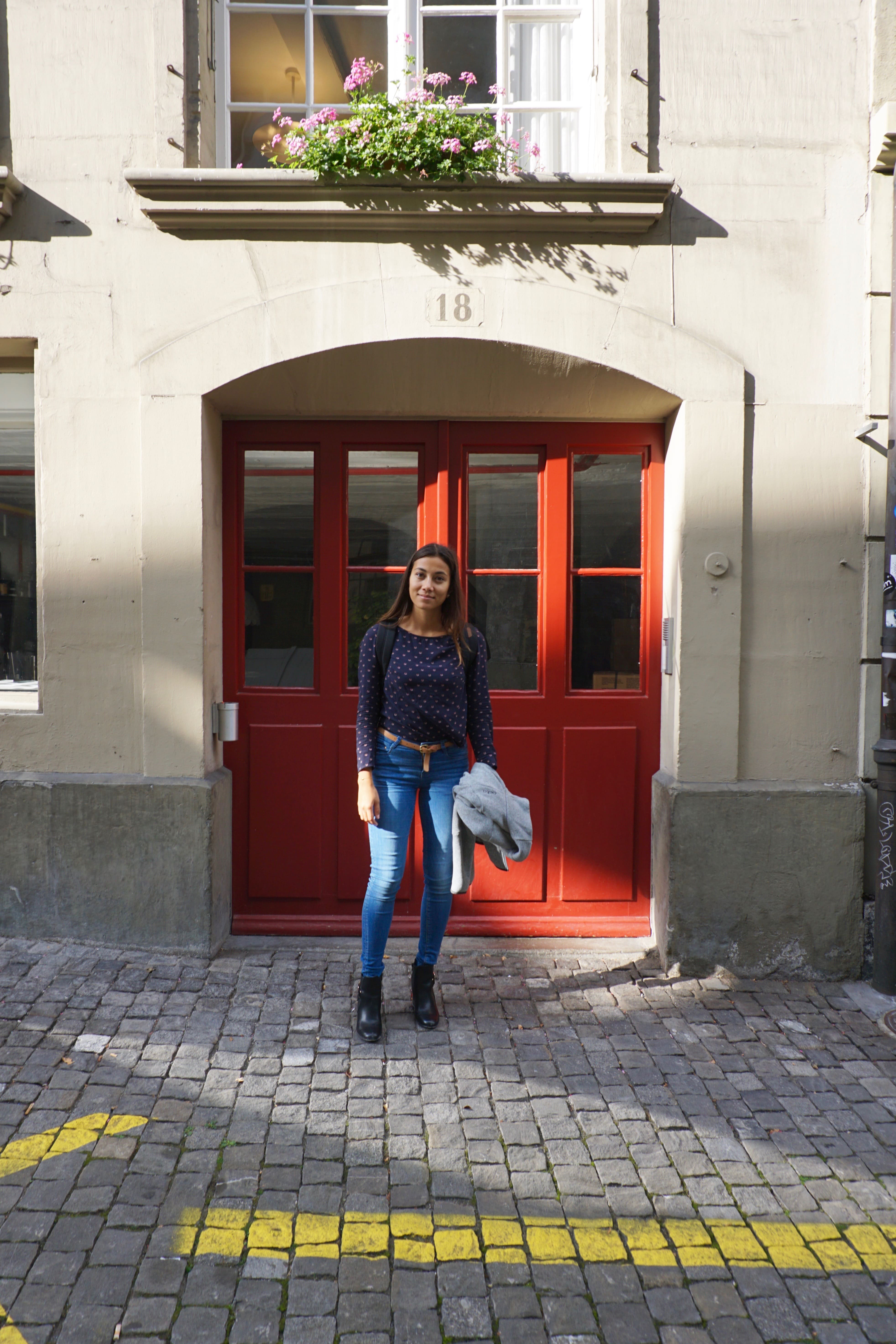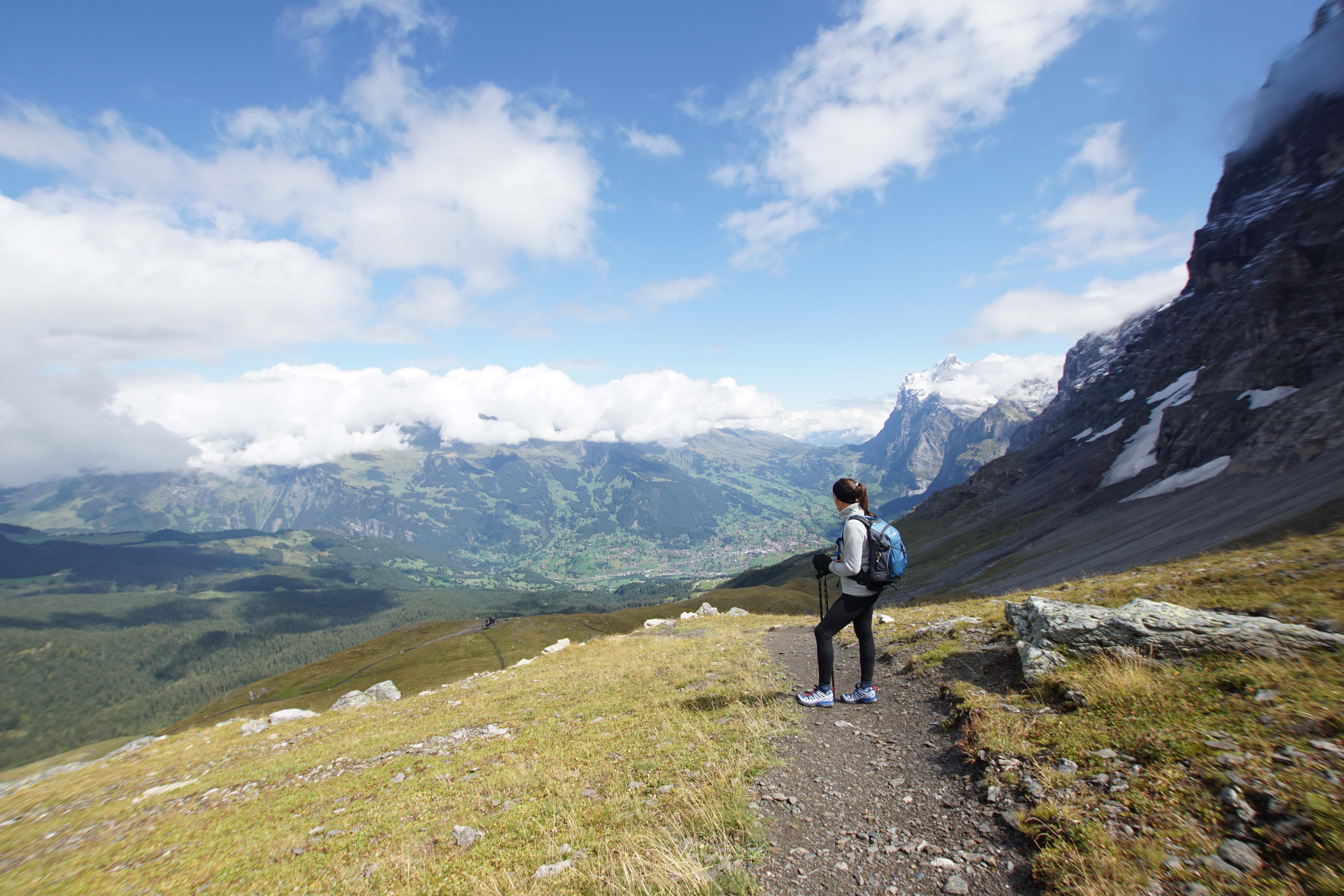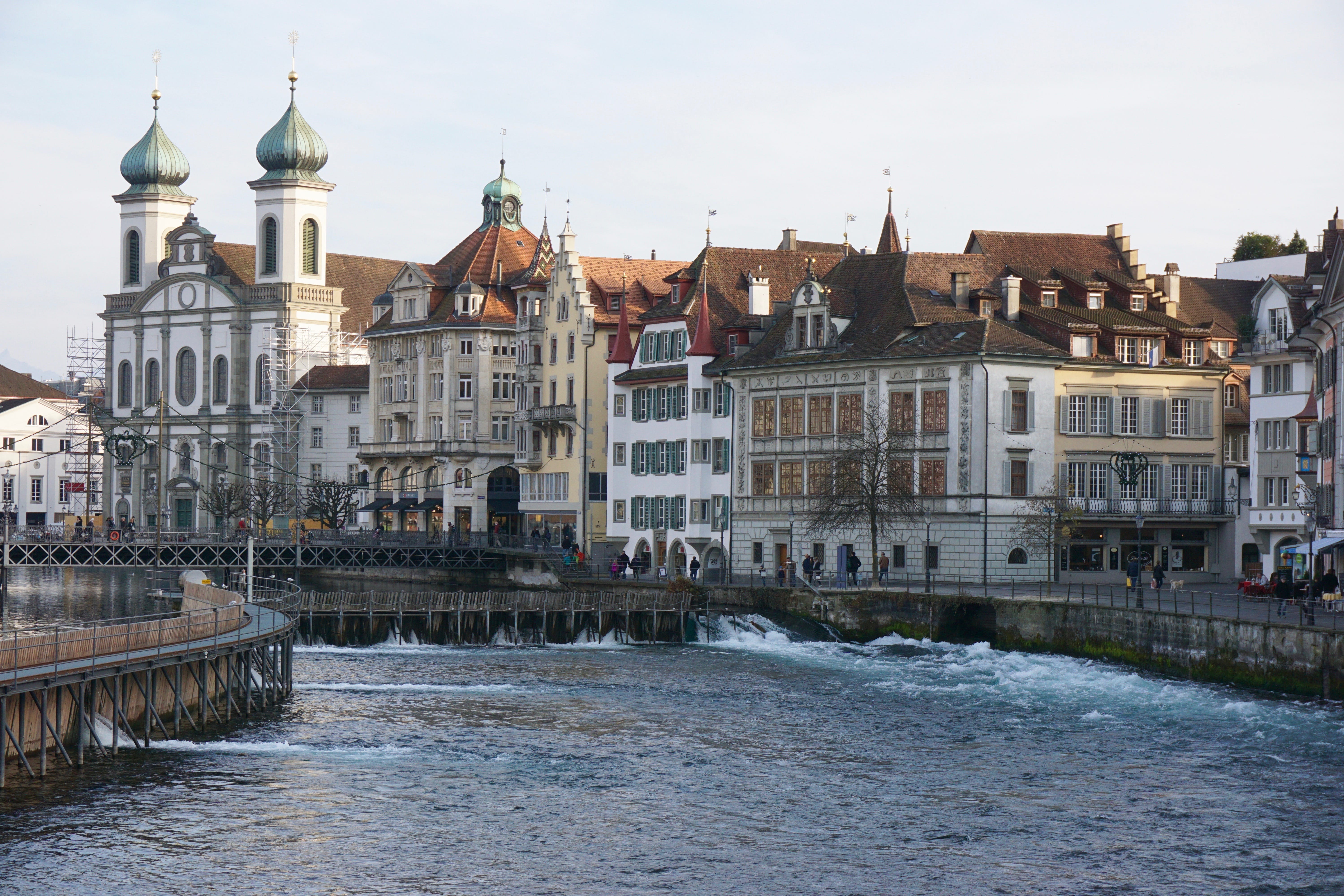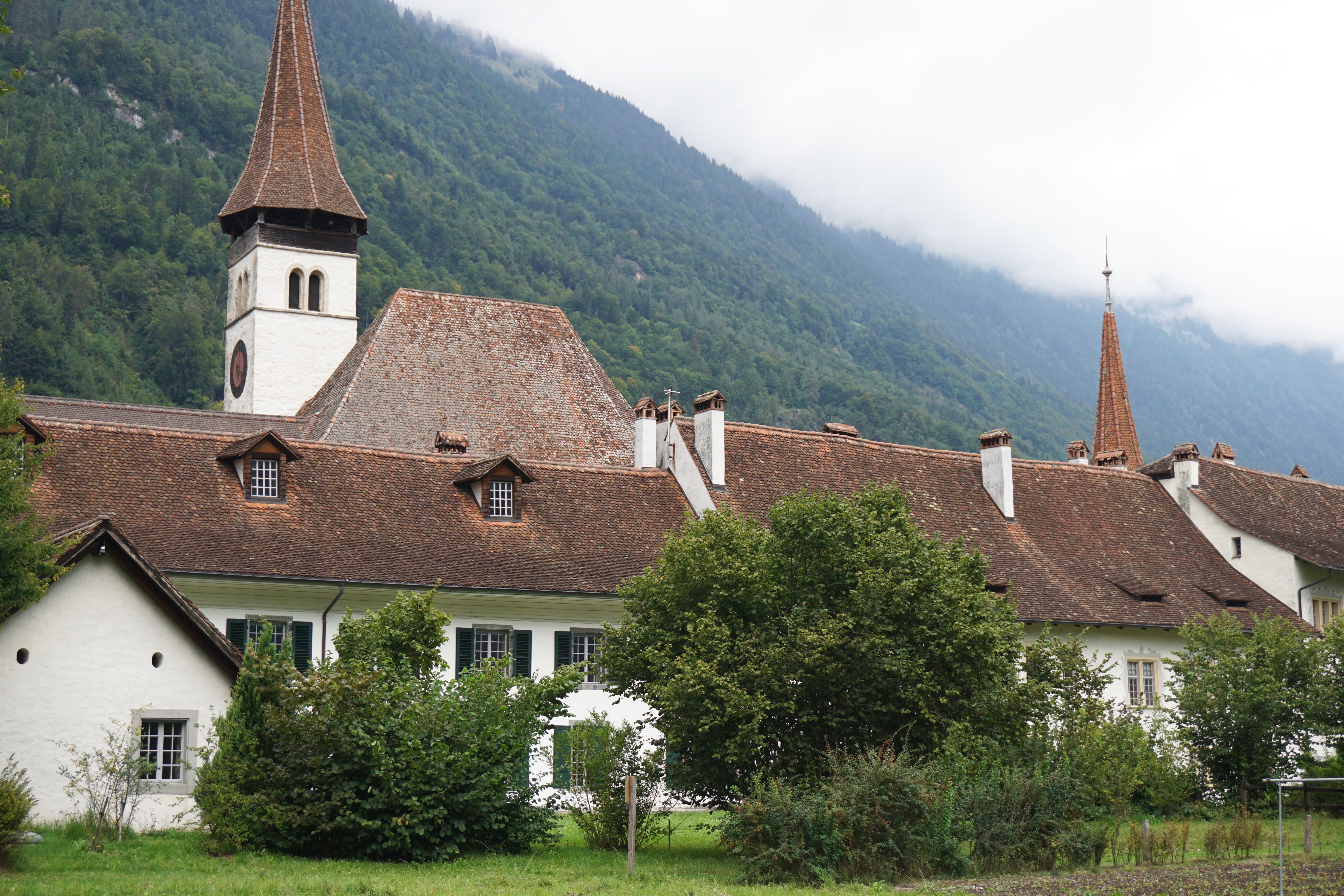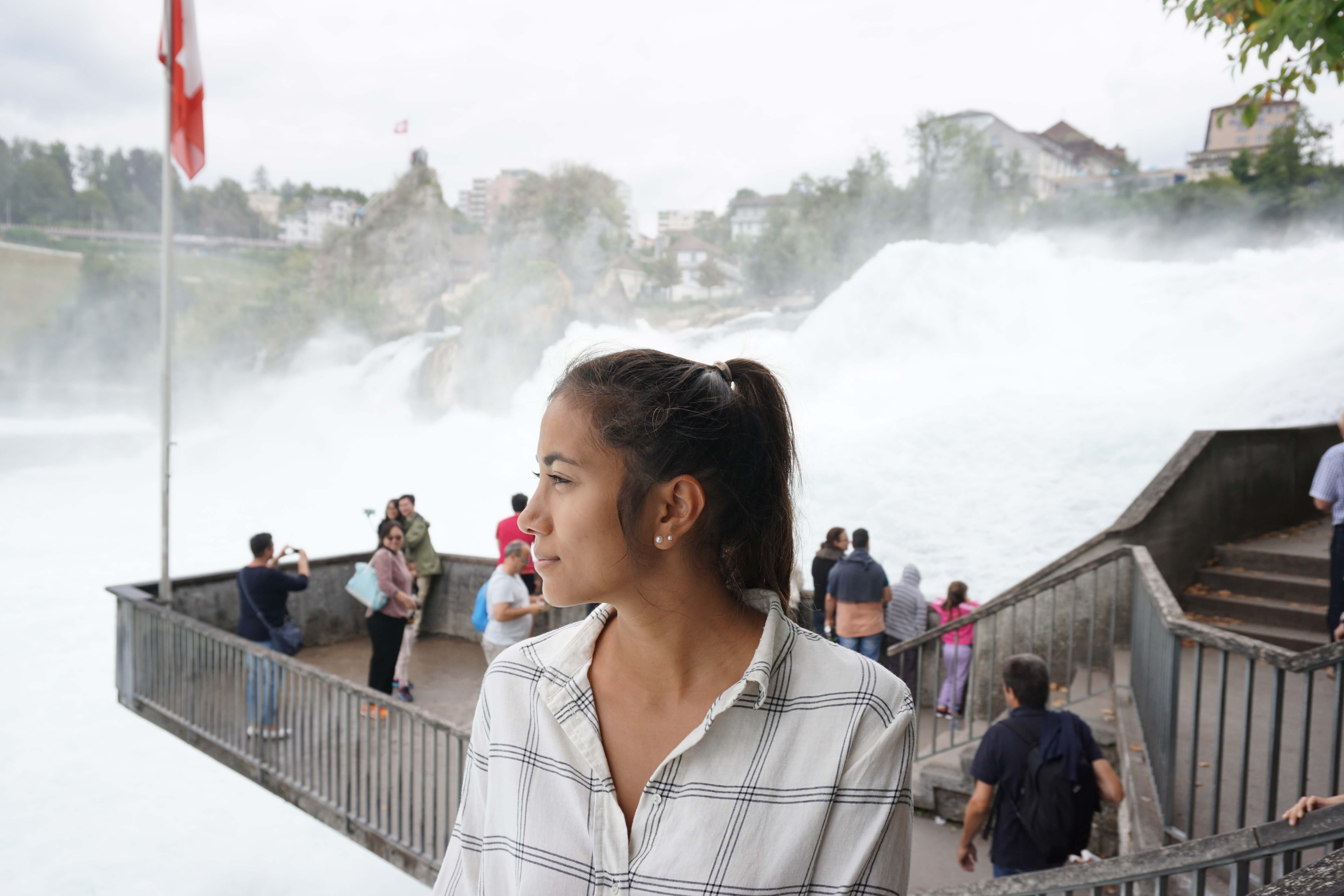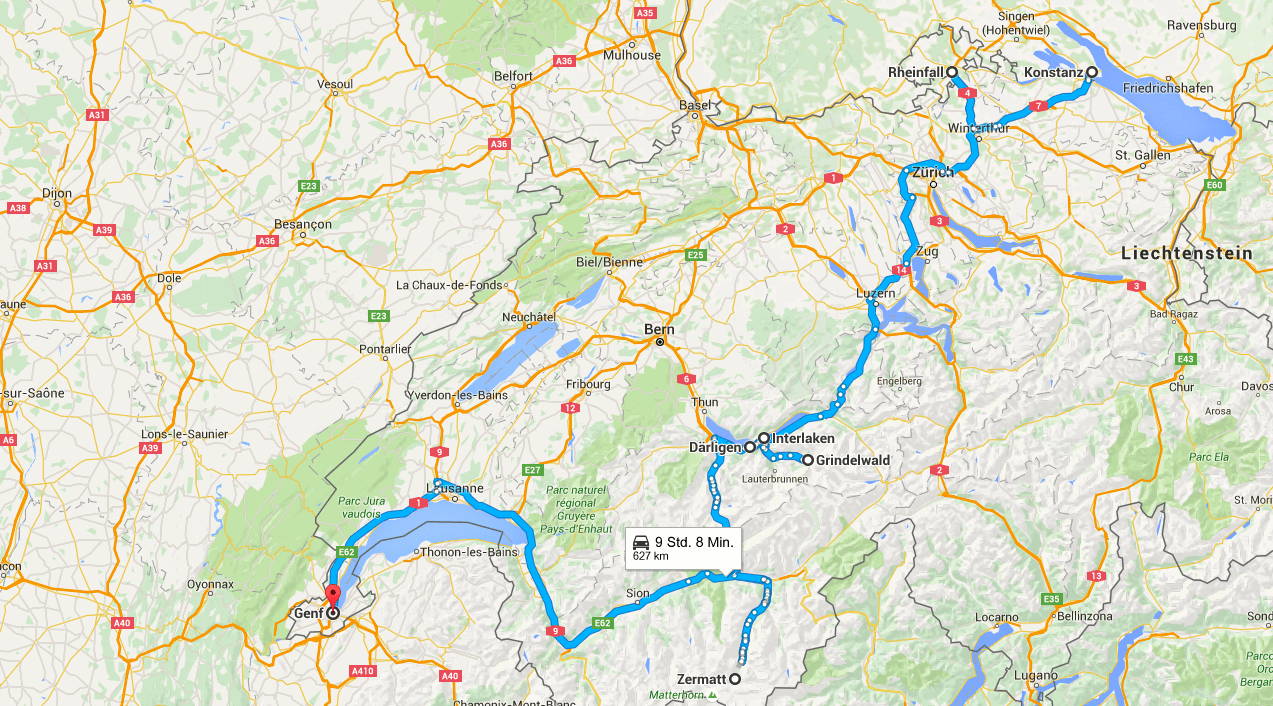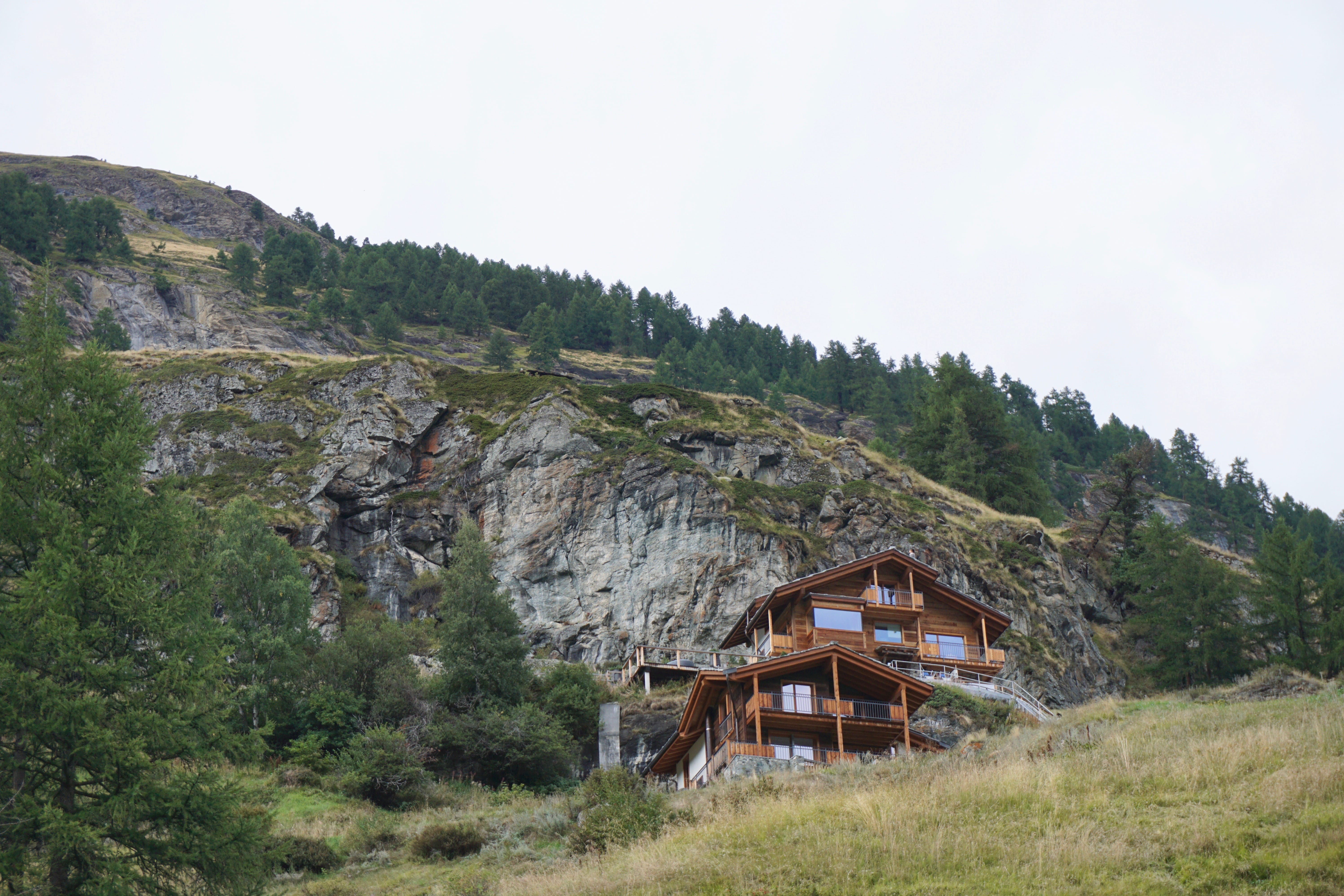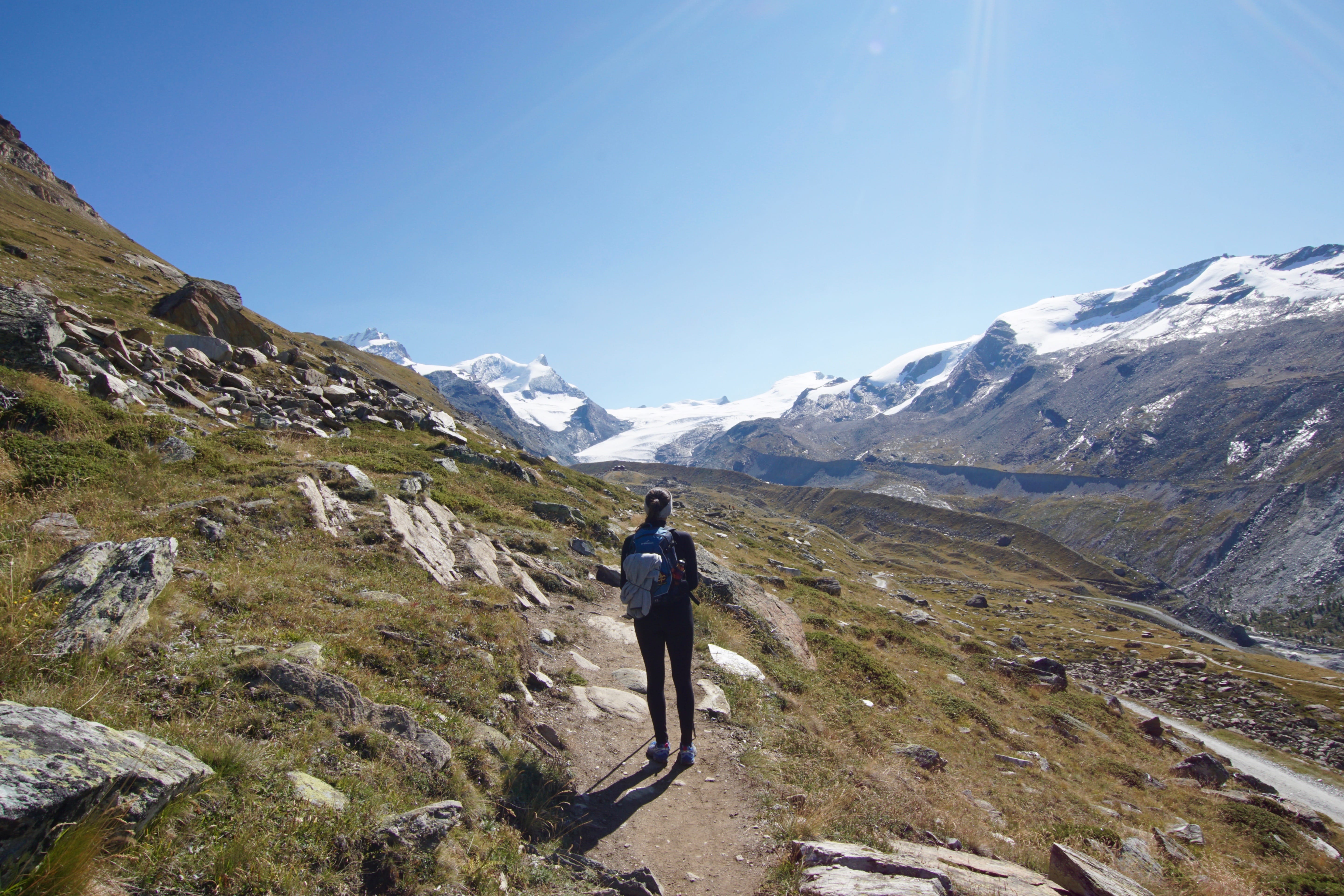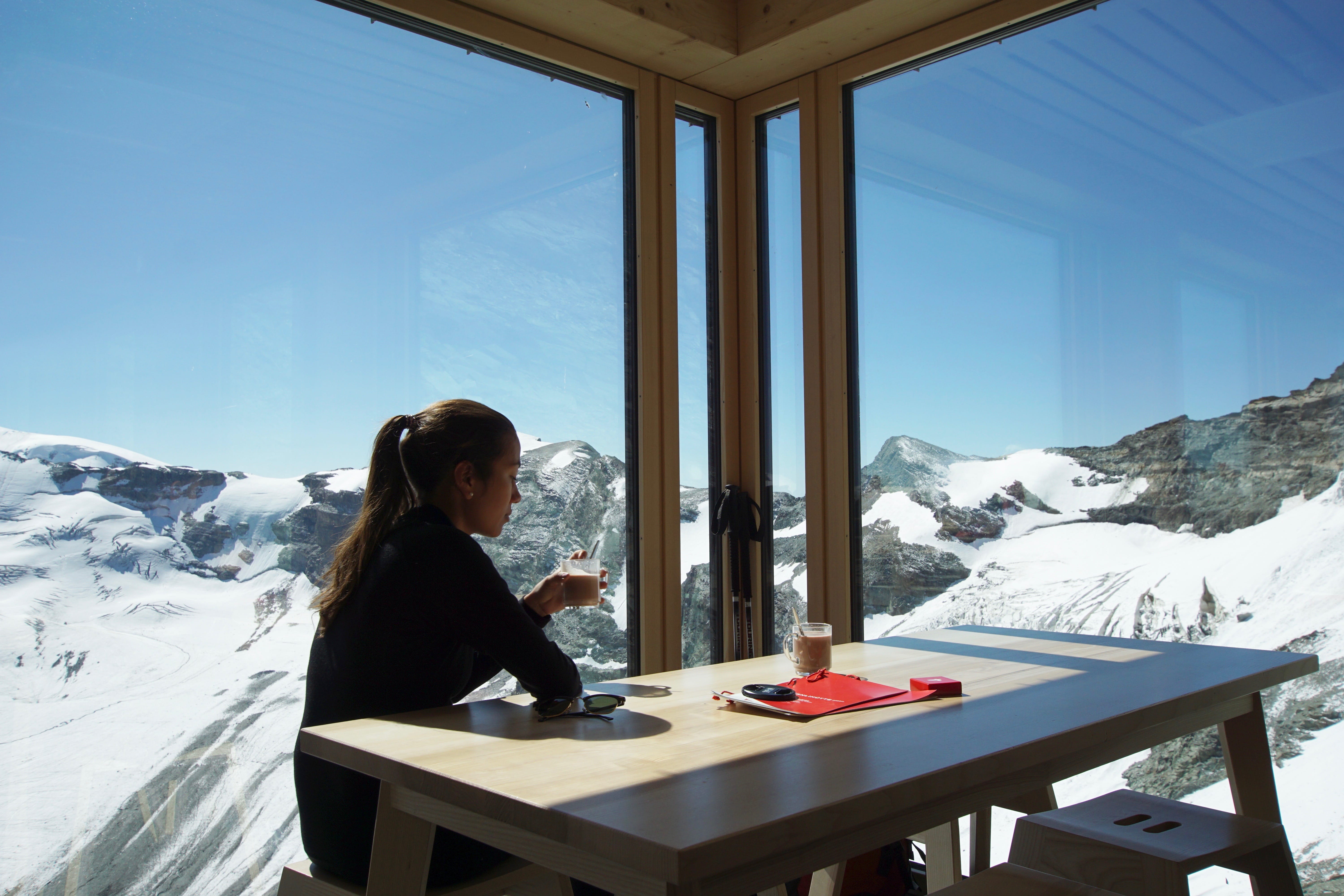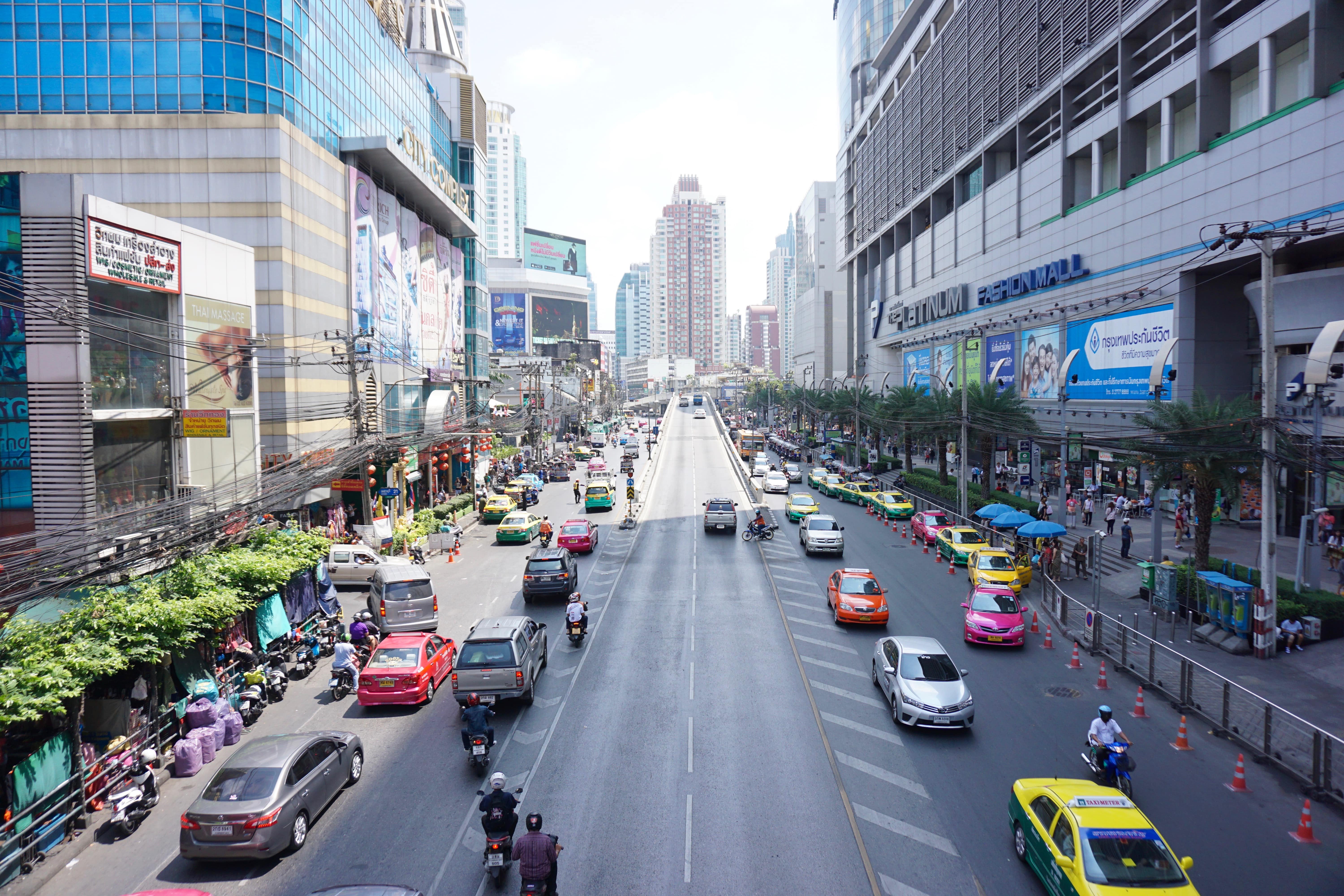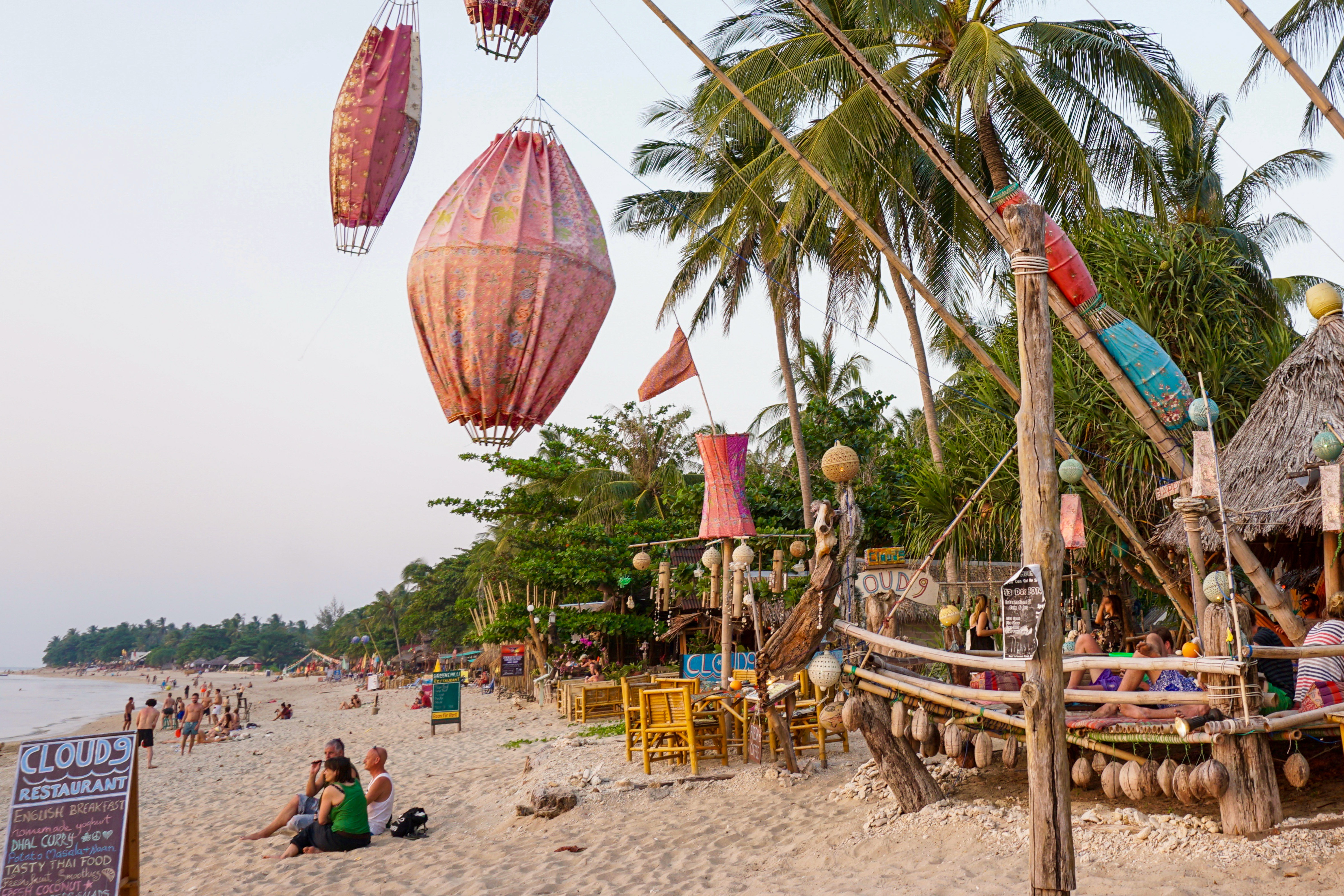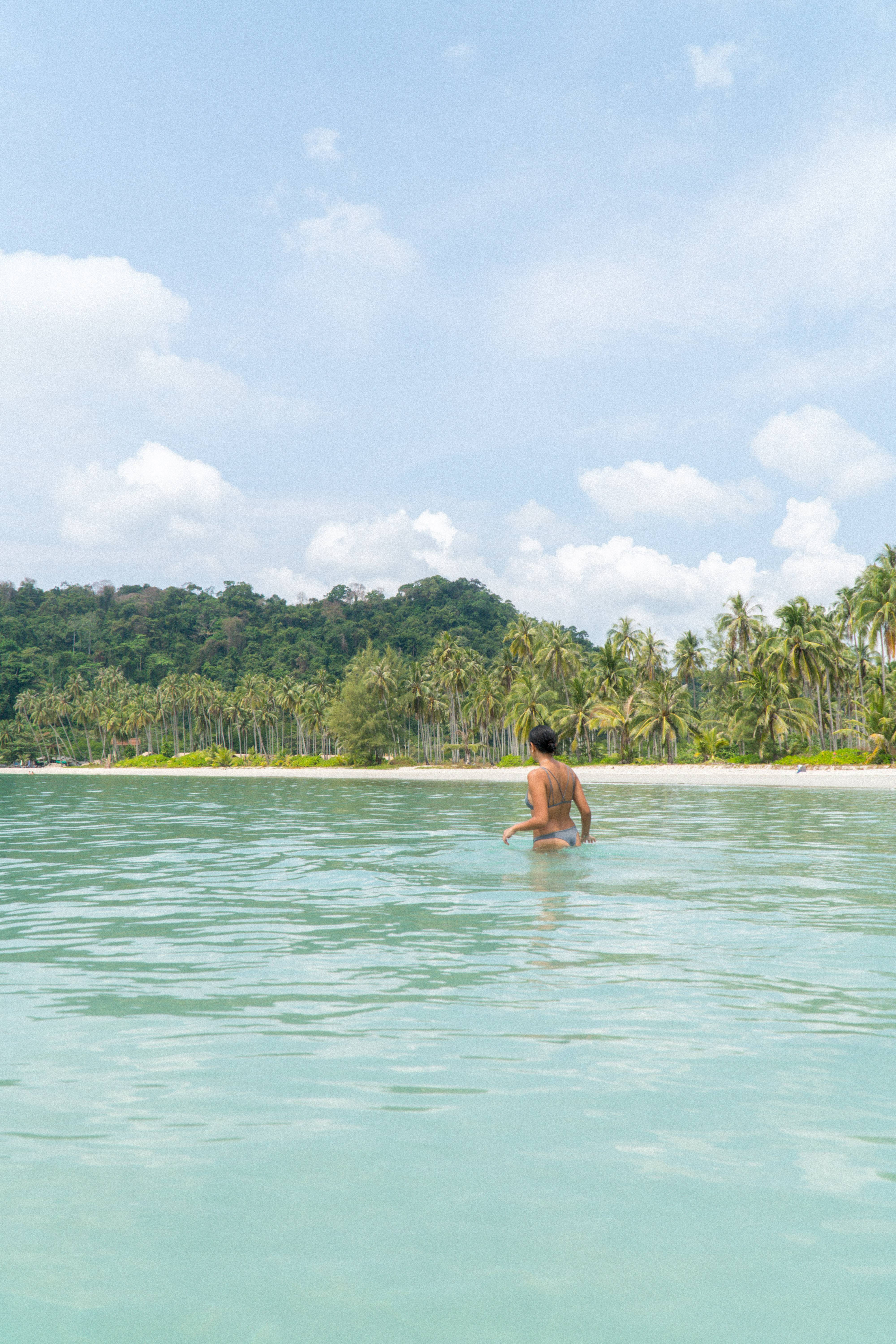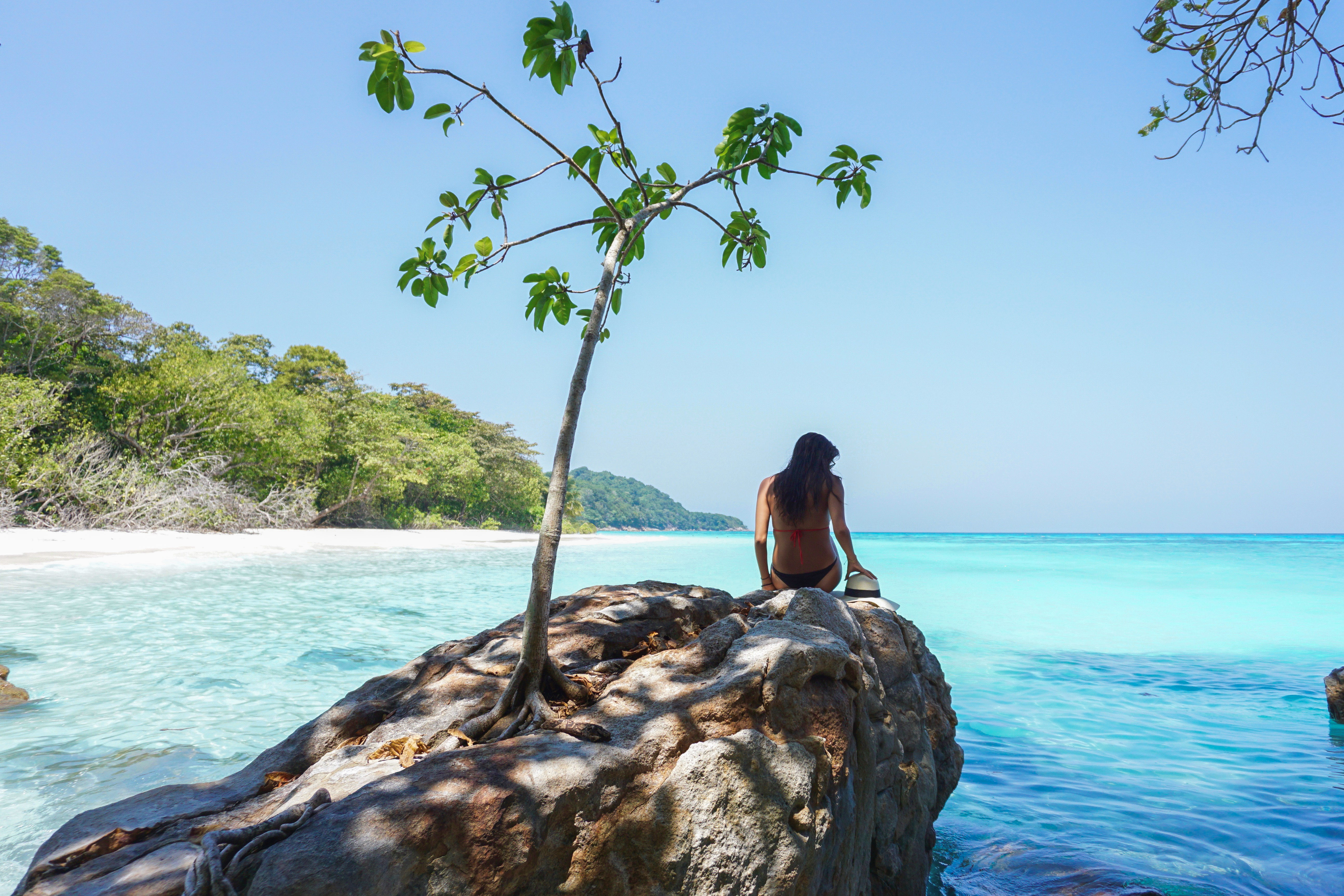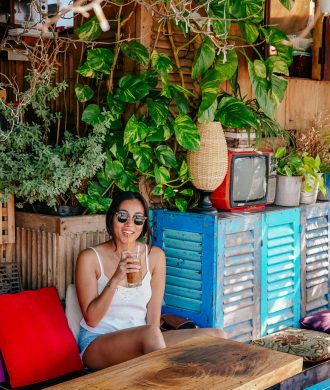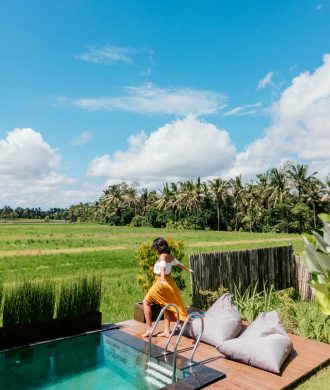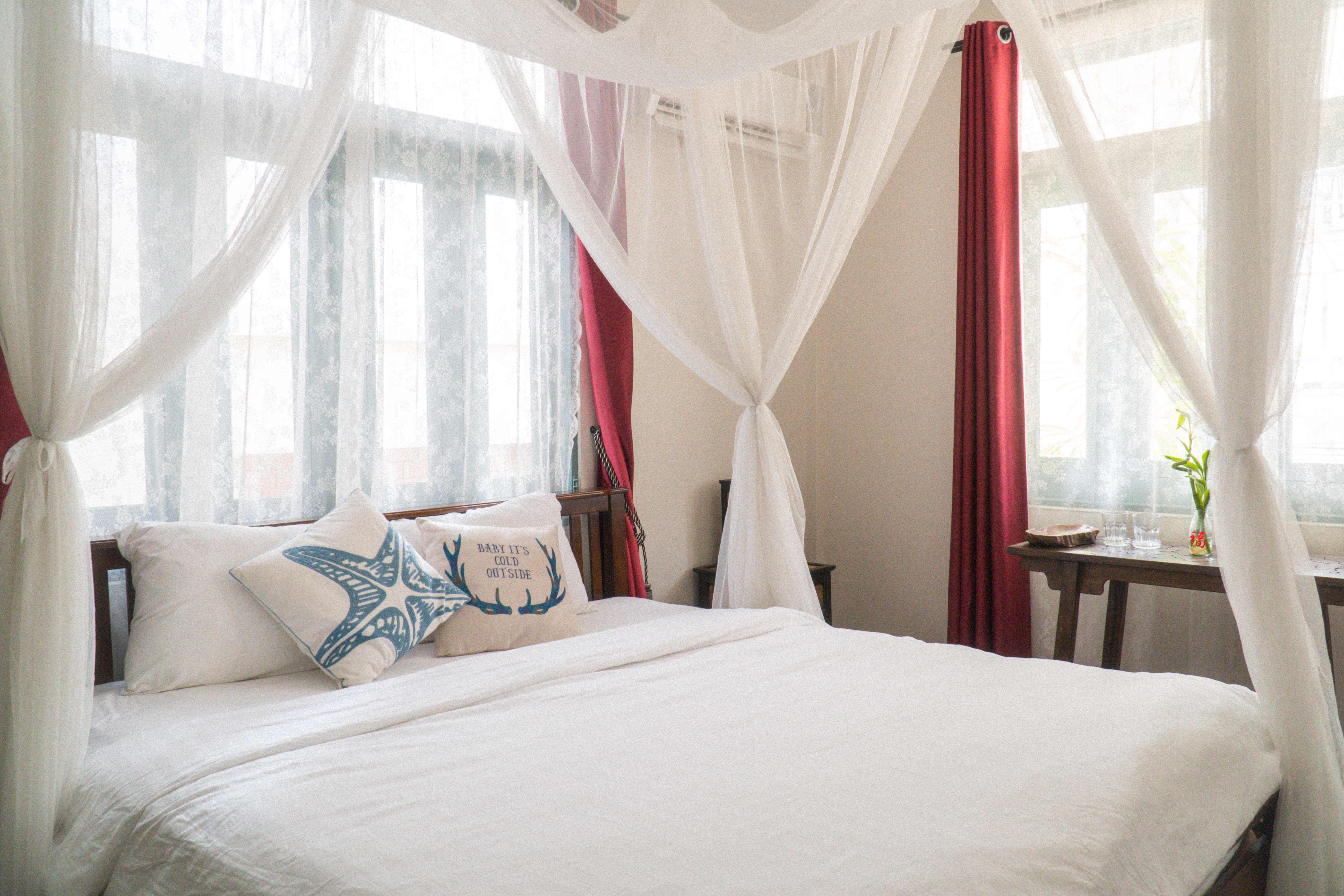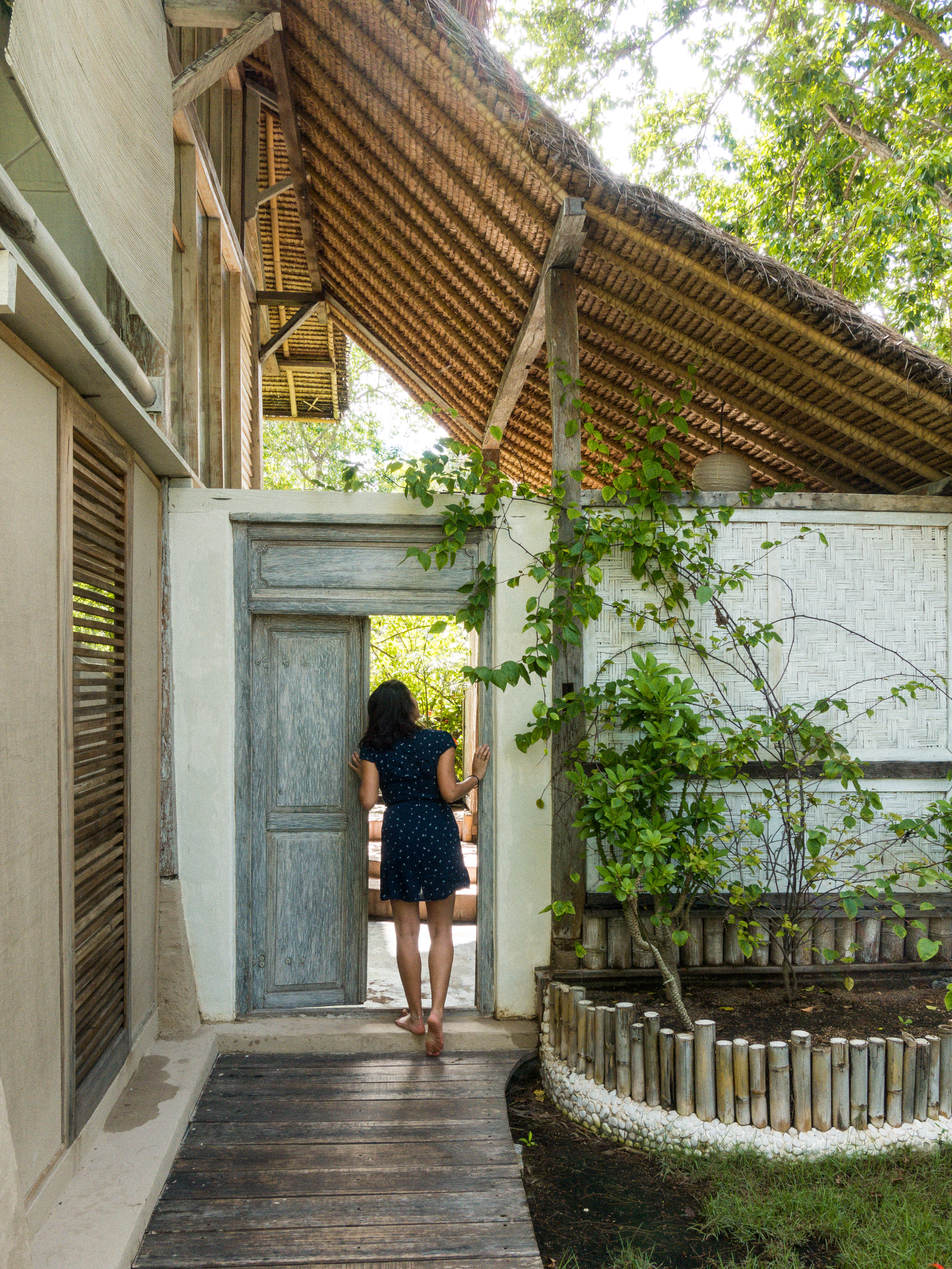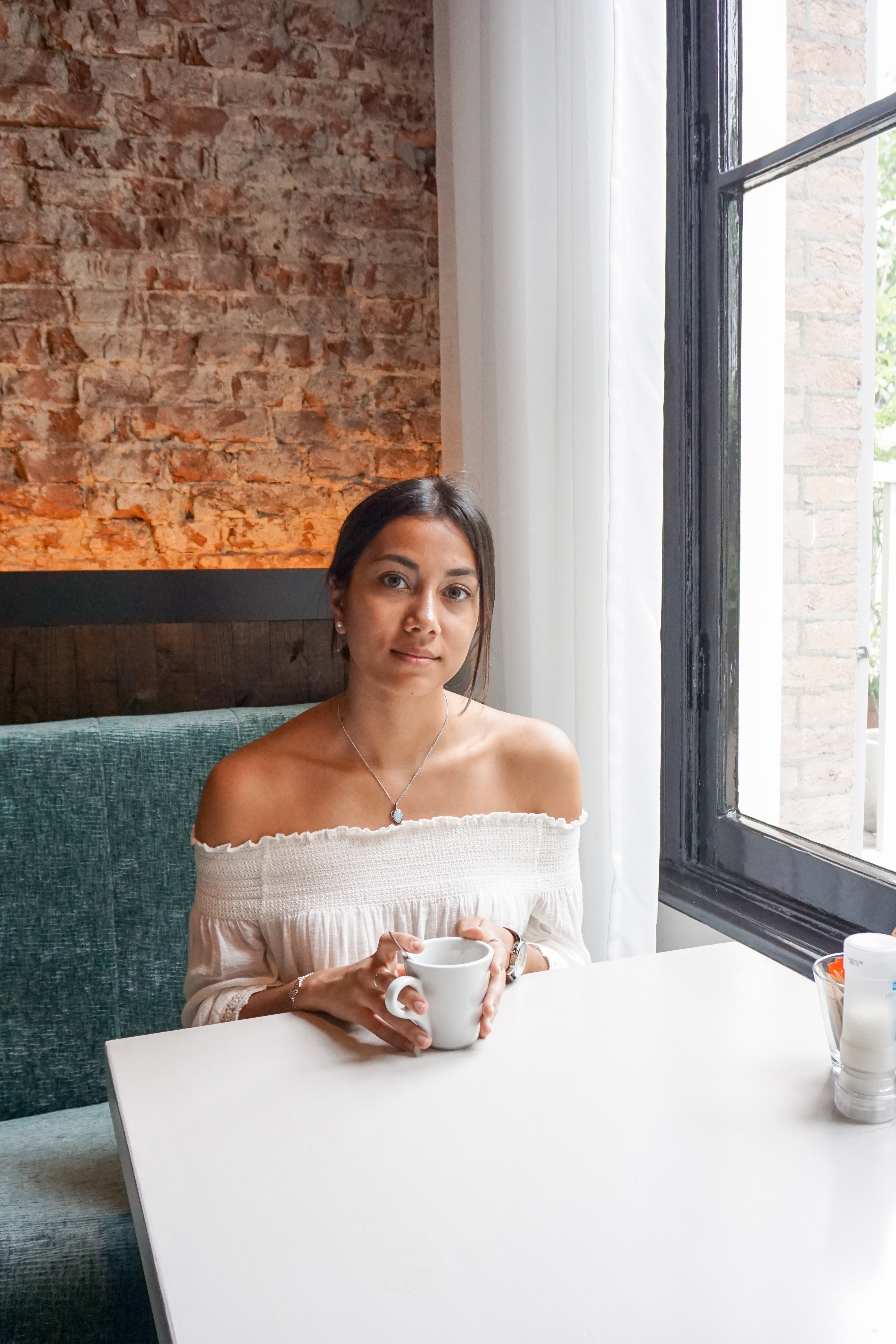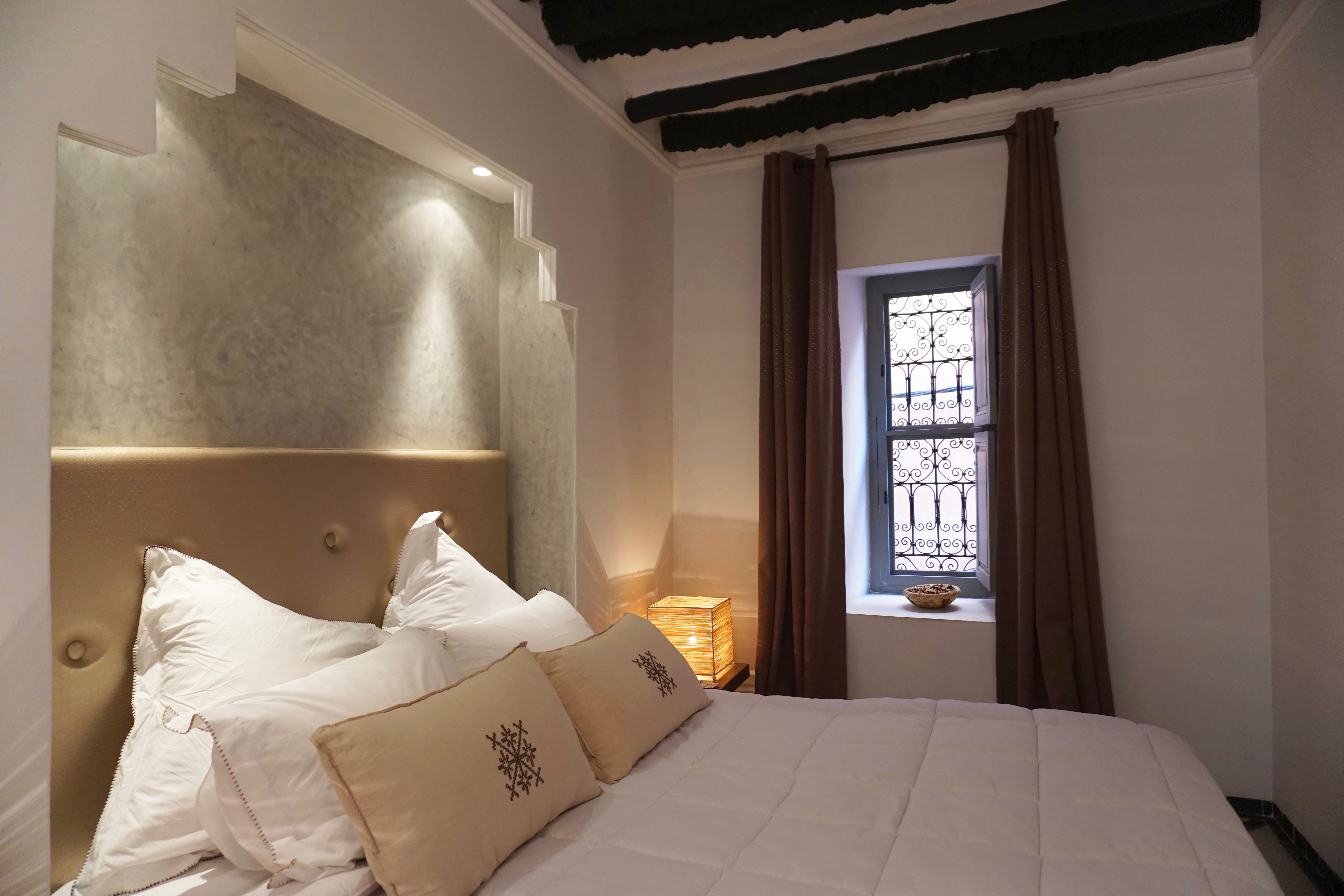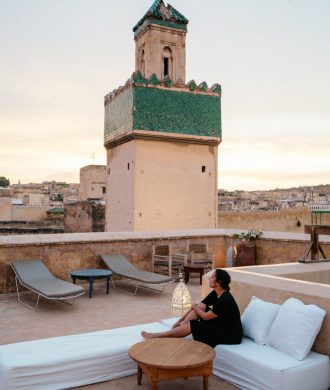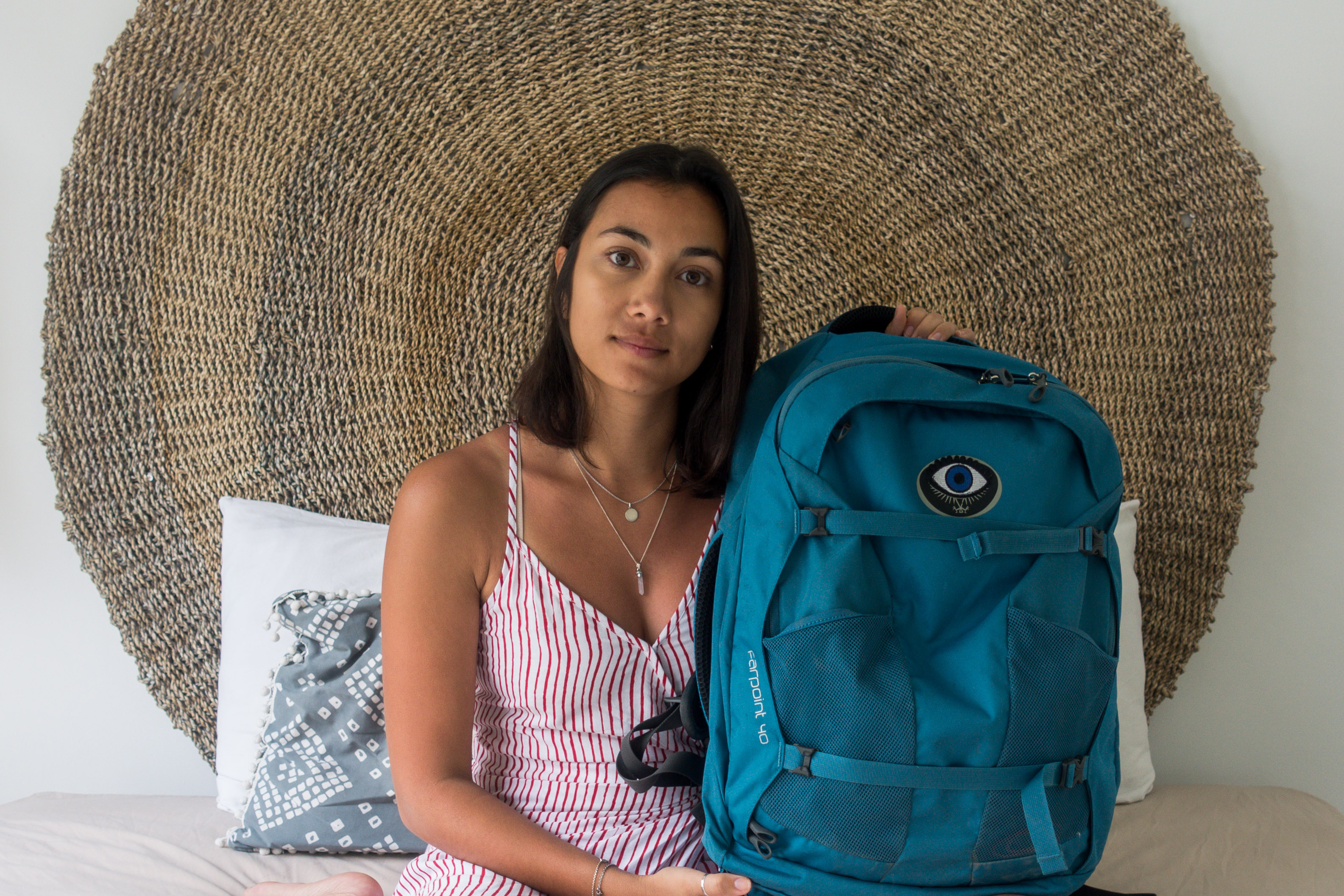Traveling in the Philippines
Traveling in the Philippines
When I booked my flight to the Philippines in October 2015 it was just because I found a cheap flight without knowing what this beautiful country has to offer. My boyfriend and I then started researching, watching youtube videos and looking for images and places on Instagram – and oh my gosh, I was so looking foward to coming to the Philippines. We had a rough plan about where we wanted to go: first Cebu Island’s surrounding area and then Palawan Island. After two months I found out that – according to Condé Nast Travelerreaders – Palawan Island is the most beautiful island in the world and also Cebu is listed on rank 19. I didn’t have any expactations because I just wanted to flee from the cold and grey weather in Europe, get a nice tan and eat heaps of fruits. And after five months of waiting, the adventure finally began.
I got up at 5 am local time in Austria, had my last coffee for the next three weeks and drove to Vienna’s airport. The journey was about to be really long, but I knew it would be worth the trip. We had three connecting flights: one in Zurich and the second one in Hongkong. But Cebu wasn’t the end of the trip; I asked our accommodation in Malapascua Island to arrange an airport pick-up for us that would take us to the very Northern tip of Cebu Island where we would take a boat to Malapascua Island. It was after 29 hours of traveling that we finally arrived at our place.
This 23day-journey was also the first one to be more spontaneous. The only accommodations I booked in advance were the ones after the flights (namely to Malapascua Island and Palawan). I was kind of nervous about it – typical worries like not finding a suitable accommodation on a short notice. But I knew that I made that mistake of prebooking everything ahead in Thailand and I didn’t want to do this mistake twice.
The rest of the trip was – as I already mentioned – roughly planned. On the last day in Malapascua Island we met two German speaking travelers who gave us advice on where to go next. They knew we wanted to do the whale shark watching in Oslob and so they recommended us continuing from Oslob to Dumaguete from where we could visit islands like Siquijor Island or Apo Island. We went back to our accomodation and planned the upcoming week until our flight to Palawan. Maybe it’s typical German/Austrian wanting to have planned everything in advance, but being spontaneous is probably the best thing when travelling in South East Asia, or at least I can say that I really enjoyed it.
Locals & their food
Filipinos are super nice and speak English fluently. At schools, all their classes are held in English. So whenever you’re lost or need help, they’ll most probably aproach you and ask if everything’s alright. They’ll point you the right direction, tell you that you have a flat tire (happend three times), help you find a good scooter etc…
Also, ordering dishes in restaurants is way easier when the personal can speak English. But when it comes to food and traditional meals, there is not much variety. Their dishes are influenced by the Asian kitchen in general. Adobo, Lechon, Pancit and Kinilaw count amongst their Filipino meals. Most of the time you want to order a Filipino dish you have no clue what that dish actually is because there are no explanations; and because most travelers want to play safe when it comes to avoid stomach issues, they end up ordering a burger, fajita, pizza or spaghetti. I met a lot of travelers who had problems with their stomach, so I can only advise you to be careful.
Speaking of restaurants – when it comes to serving food, Filipinos are really slow. So, if you don’t eat in a fancy restaurant, try to get used to the service. People are way more slow in Southeast Asia in general. I saw many people getting angry at the personal because of their service, but I think when travelling to a foreign country we – as travelers – have to get used to the people and their culture. Everyone deserves to be treated respectfully. That’s why I’d recommend to be more easy-going when travelling. This is the case for restaurants as well as for accommodation.
Accommodation
In the Philippines, there’s a wide range of accommodations at relatively cheap prices. Now, I rather prefer pretty and small accommodations as opposed to 4 or 5 star hotels. That way I can safe a bit of money. I kind of see myself right in the middle between luxury hotels and really really cheap accommodations. Also, in a place like the Philippines there is so much to discover, therefore not much time to spend in a hotel or in the room. In Asia in general it’s easy to find good and cheap accommodation that is clean and comes with an aircondition.
In the Philippines, I slept in places where the toilets had to be flushed with water in a bucket. But this is rather normal in Asia. Many accommodations call themselves “resorts” which they are clearly not. It just sounds nice, but for us Western people a “resort” is something different.
So, my advice to you guys is to read the reviews first and have a look at the pictures. If you expect a perfect service and a hotel with all the bells and whistels, I’d recommend staying in 4 and 5 star hotels. Everything else, like “resorts”, hostels etc. come with basic facilities and service. Sometimes your room won’t be cleaned daily, there is no mini-bar nor a hot water shower. But I must admit that those accommodations really offer many services like a laundry service, most of the time there is breakfast included in the price and also tours can be organized by your hotel.
What you shoud do RIGHT AFTER your ARRIVAL
Change or withdraw money
After your arrival, look for a ATM to withdraw money. As for my bank card, the ATM of BDO worked the best; all the other ATMs wouldn’t let me withdraw money. Maybe you’re lucky and your bank card isn’t as picky as mine 🙂 Most places in the Philippines (except cities) don’t provide ATMs, that’s why you should do this right after your arrival. Also, there is a limited amount of money that you can withdraw – for example: BDOs limit is 10,000PHP.
Also, take a bit of money with you in case your card doesn’t work. Sometimes you can’t pay with credit card and when you’re left with no money from the ATM, it’s always a good idea to have money for change as Plan B. But when it comes to changing money, banks in the city offer better rates (without an exchange fee) than exchange offices at the airport.
SIM card
Personally, a SIM card was crucial for me, since I had to book accommodations during my trip. Furthermore, I had read that Wifi connections are poor in the Philippines. So if you travel spontaneously, you might consider buying a SIM card at the airport.
But which one should you buy? Globe or Smart? When I arrived at the airport there were two different sellers and I chose GLOBE. There is not a big difference between those two, but I think the one I went for offers unlimited internet access. A card for 30 days with unlimited internet access costs 1000PHP. As it turns out, GLOBE offers a better network connection as opposed to Smart.
Which travel guide I would recommend
Jens Peters vs. Lonely Planet
A few months before my travels, I went to a book shop in order to compare Philippines Travel Guide (Jens Peters 27€) with the one from Lonely Planet (19,95€). I had read a lot of good reviews about the one from Jens Peters but still wanted to make sure to buy the right one. In the end, I went for the Philippines Travel Guide. I bought it right at the book shop, because it’s just a 1,50€ difference between Amazon and the book shop. Here’s the reason why I prefered the Philippines Travel Guide:
Philippines Travel Guide
In order to get from A to B on the Philippines, there is a lot of traveling involved – either per boat or plane. That is where the Philippines Travel Guide comes in handy: it offers a very detailed list of each place and its connection to other places. The section in for each place is called How to get there and away. This was really important for my travels, because we wanted to visit as much places as possible and therefore needed the advice from this travel guide.
Unfortunately, when it comes to describing places, this travel guide is a bit outdated. Touristy and busy El Nido is describeed with “There are scarcely any vehicles.”. So, if you also travel a lot around and want to know how to get from A to B, this is a really good and detailed guide.
The trip
Now, the Philippines constists of more than 7,000 islands. In order to get around, there were a lot of boat trips involved and, of course, one flight. When we had arrived in Cebu a taxi driver took us from the airport to Maya port, which is located right at the Northern tip of Cebu Island. From there, our first stop Malapascua Island was only a 30-minute boat ride away. During our stay on the island we did an island tour to Kalanggaman Island.
After four days on Malapascua Island, it took us one day (12 hours) to get from the Northern tip of Cebu Island to the Southern tip. We wanted to swim with the whalesharks in Oslob. So we stayed there for one night. The next day we continued our journey to Dumaguete, where we stayed two nights. It’s port was the base for us to visit either Siquijor Island or Apo Island. Also, from there we could easily reach Bohol, our final stop before our flight to Palawan Island. There isn’t much to see in Dumaguete but as it turns out, it is a very good base to visit other islands.
After one day on Bohol Island, we took a boat from Tagbilaran to Cebu City and stayed there for one night. The next day, we flew with Cebu Pacific to Puerto Princessa and continued right away to El Nido (five nights). We decided not to stay in El Nido for any longer and arranged a Van to Taytay (3 nights). After Taytay we wanted to go to Puerto Princessa, but by chance I found this sweet place named Love and Peace Deep Jungle River Resort right in the middle of the jungle, located next to a river, which was only a 45min ride away from the airport in Puerto Princessa, so we stayed there for 3 nights. For more details about each location, please refer to the categories where I give information on what accommodation I stayed at, where to eat and what to do. I won’t go into detail here, this could serve as a guidline for you and your travel plans in the Philippines. 🙂
Here is a quick overview of where I was:
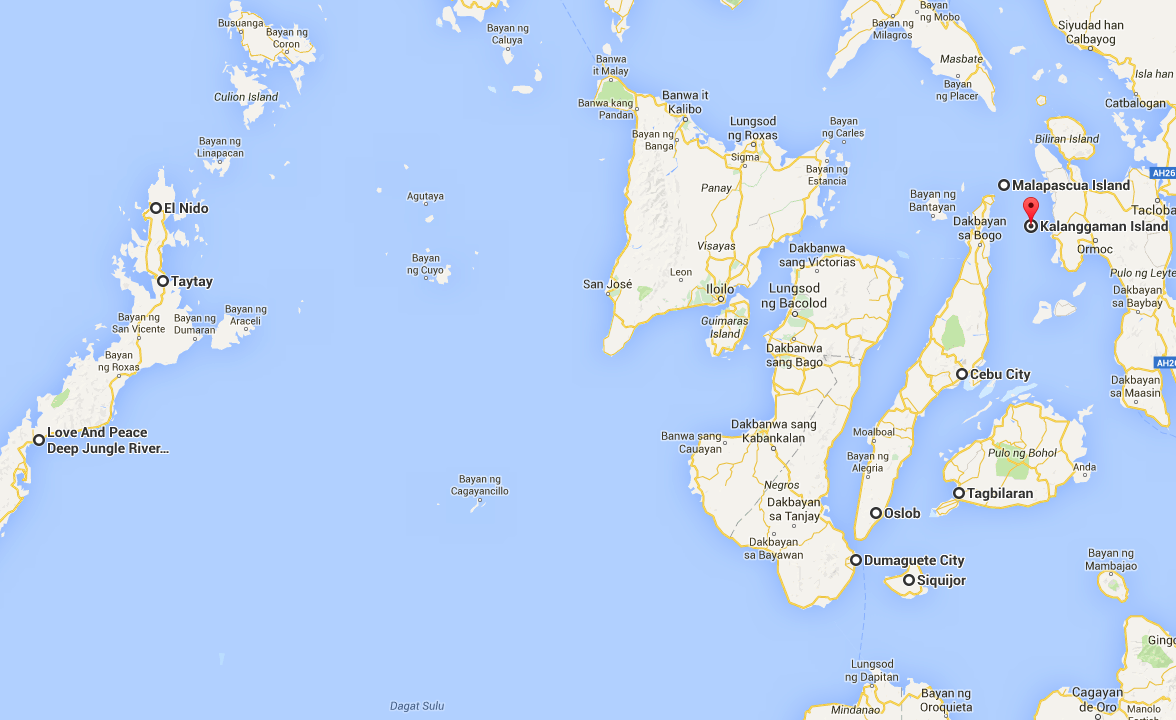 (Google Maps)
(Google Maps)


